Phenomena in inanimate nature. In the second half of March, the days become noticeably longer and the nights become shorter; The sun rises higher and higher at noon above the horizon, its rays fall more directly on the earth and warm it up more strongly. The snow becomes loose, begins to melt, and thawed patches form in open areas. In the second half of March, the first cumulus clouds appear. They are very beautiful, looking like snow-white, dome-shaped masses with smooth bases. Clouds usually appear in the morning or at noon due to the heating of the air adjacent to the earth; in the evening, when the rising currents weaken, they begin to disappear and melt. In the first half of April, the snow melts off the ground; The streams formed when it melts run down to reservoirs. Ice drift usually begins in mid-April. Shortly before this, edges appear near the shore - narrow strips of water. Under the influence of water and sun, cracks form in the ice, it splits and moves away. Ice floes, crowded and jostled, rush down the river, hitting the banks and piles of bridges. In the middle of the river, ice floes move faster than near the banks. Along the way they melt. The river is freed from the ice cover, overflows its banks and overflows. The flood begins. Usually the first thunderstorm occurs in early May. At this time and later, sudden cold snaps often occur with frosts, from which plants, especially fruit and berry plants, suffer greatly. Spring awakening of trees. Soon after thawed patches appear, the trees awaken: they begin to flow sap. This phenomenon is revealed if you pierce the bark with a thick needle: a sweet transparent liquid flows out of the rakka; in air it oxidizes and acquires a reddish color. Extracting sap causes great harm to trees. Sap flow is a complex physiological process. The roots begin to actively absorb water from the thawing soil, it dissolves the plant’s winter reserves of nutrients and moves in the form of a solution along the trunk and branches to the buds. Swelling and blossoming of the buds. Ten days after the start of sap flow, swelling of the buds becomes noticeable, in which embryonic shoots are located under the protective bud scales. Trees and shrubs pollinated by the wind bloom before they are covered with leaves, or at the very beginning of their development. Alder and hazel are the first to bloom in the second half of April, and among those pollinated by insects, willow. The buds of the willow are tightly covered with brown scales that look like caps. Having shed them, the buds look like fluffy balls consisting of hairs that protect the flowers from sudden fluctuations in temperature and rain. In April, most of the trees are still bare, but the integumentary scales of the swollen buds are already moving apart, and the tailbones of the leaves appear from them.
The appearance of leaves. The young leaves of some trees are covered with a sticky fragrant substance, while others have a fluff that protects them from the cold. The light green color of the trees is tender and transparent at this time. At the end of April, bird cherry and birch buds bloom; in the first half of May - buds of maple, yellow acacia, apple and pear trees, and then - oak and linden. In late spring, in the second half of May, the real blossoming of spring begins. Bird cherry blossoms, at the same time - black currant, a little later - wild strawberries and fruit trees, lilac, rowan and most herbaceous plants. IN last days May the fruits of aspen and willow ripen. The petals of apple and lilac flowers fall off - spring ends, summer begins.
Spring phenomena in wildlife. Flowering of early flowering plants Budding of buds Appearance of insects Arrival of migratory birds.
Slide 4 from the presentation “Spring phenomena in living and inanimate nature”. The size of the archive with the presentation is 4635 KB.The world around us 2nd grade
summary other presentations“Traffic” - Types of transport. Cars of the future. Traffic light. Rules of conduct. In 1922, a car for seven people was built in Moscow. In 1895, the first car appeared in St. Petersburg. Cars leave for work in the morning. Modern cars consist of more than 2,000 different parts. Yellow light - warning! Transport. Dictionary. ABC of safety. The exam is important. Gurney steam coach (Great Britain) (1825).
"Microorganisms" - Microscope glass. Microbes. The world of microbes is interesting and diverse. Skills. Chew on pens. Product. Useful properties yeast. Samples taken. Microscope. Yeast. Microorganisms. Cilia. Cognitive universal learning activities. Bun. When did microbes appear? Experiments. Ideas about microorganisms. Problem and problematic issues. Human. Cut the buns with a knife. Test tubes. Formation of a conscious attitude towards your health.
“The time of year is autumn” - Spring is red with flowers, and autumn is red with fruits and pies. Introduction. In autumn, birds fly to warmer regions, gathering in groups or...? Azure is a light blue color. Glorious autumn. Rain. October is a deciduous month, a muddy month, a grain-grower because the grain has been harvested from the fields, the bins are full. I.A.Bunin “Falling Leaves”. A.S. Pushkin. Air, in contact with cold objects, turns into droplets of water. Turnip. Crossword “In the autumn garden”. Conclusion.
“Animals at home” - What benefits do pets bring to humans? Wild animals. How did domestic animals appear? Animals. Pets. Animals wild and domestic. Groups of pets. Pets are human helpers. Animals. Pets are a source of materials. The ancient people were hungry; they very rarely found food for themselves. Wild. Pets. The silkworm is a domestic insect.
“The Moon is a satellite of the Earth” - View of the surface of the Moon. Love. Lesson of the surrounding world 2nd grade system L.V. Zankova. Full moon. Sky. Everything is dressed in darkness. Buddy. Lunar surface. Jules Verne. Natural satellite. Morning. Part of the Moon's surface. New moon. Celestial body. "Young" Moon. Legend of the Moon. During the new moon we do not see the Moon. Darkish extended spots. Moon. Natural satellite of the Earth. The interval between two successive new moons.
“Kochubeyevskoye” - Monument to the legendary hero of the civil war Ivan Antonovich Kochubey. "Native village" Central Park. Kochubeevskoye village. Swimming pool "Dolphin". District House of Culture. On November 7, 1960, the first film show took place at the Sputnik cinema. The monument to Vladimir Ilyich Lenin was erected by workers. By the pool complicated story. Our village was founded in 1866. District House of Culture and Recreation in the village of Kochubeevskoye.
Take a walk and take a closer look
Take a walk and take a closer look. Spring phenomena in nature
Folk weather calendar
Author: Frolova Natalia AlexandrovnaPurpose: this material will be of interest to teachers, educators in preparation for classes, and parents. In order to organize interesting observations of children, teachers and parents should be well aware of the sequence of occurrence of certain phenomena, the nature of the local region, and the ecology of plants and animals in the immediate natural environment. The work of familiarizing preschoolers and schoolchildren with spring natural phenomena and maintaining interest in it largely depend on the planning and thoughtful organization of the ecological and pedagogical process.
Target: developing an interest in noticing changes in nature.
Tasks: Develop observation skills. Cultivate interest in observations.
The life of nature, the dependence of the animal and flora from the state of the atmosphere are brightly and multifacetedly reflected in folk proverbs and sayings. Folk weather science is not only an original source of knowledge, it is an element of our cultural heritage, truly a storehouse of national folklore - one of the links connecting the past with the present.
Spring.
The earth still looks sad
And the air already breathes in spring
And the dead stalk in the field sways.
And the oil branches move.
Nature has not yet woken up.
But through the thinning sleep
She heard spring
And she involuntarily smiled... F. Tyutchev.
The snow has not yet melted from the ground, but spring is already asking for the soul... The earth is cold, the mud and snow squelch underfoot, but how cheerful, gentle, and welcoming everything is all around! The air is so clear and transparent that if you climb a dovecote or a bell tower, you seem to see the entire universe from edge to edge. The sun is shining brightly, and its rays, playing and smiling, bathe in the puddles along with the sparrows.
The river swells and darkens: it has already woken up and not today - tomorrow it will roar. The trees are bare, but they already live and breathe.
Spring is fickle: drops are replaced by frost, clear skies are obscured by gray rain clouds.
More fragrant spring bliss
She didn’t have time to come down to us.
The ravines are still full of snow.
Even before dawn the cart rattles
On a frozen path. A. Fet
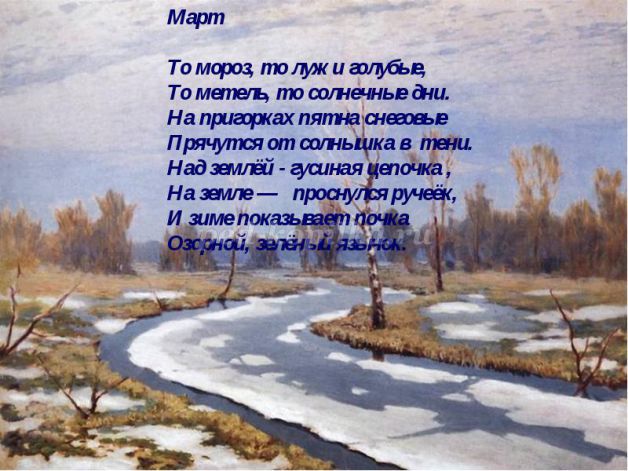
March is the spring of the world. He ends winter and begins spring.
March bought a fur coat from winter, and sold it three days later.
And indeed, a little time will pass, and the earth will shed its white dress: streams will flow, weaving intricate patterns, the bright sun will caress nature, and “no matter how winter frightens spring, it still melts.”
Tired of heavy winter clothes, from the low winter sky and long nights, we eagerly look at the calendar: when is March 1st?
However, meteorologists claim that the first March calendar page does not yet mean the arrival of the long-awaited spring.
Only at the moment when the average daily temperature freezes at a positive mark, having crossed the O C line, rejoice, spring has come to you! According to many years of observations, she gets to MOSCOW in the first five days of April.
Spring is just timidly coming into its own, and people want to know what it will be like, what it will tell them about the summer that follows.
If in the spring icicles form on the roofs when the snow melts, it means a long spring.
If the edges of the melting snow around the tree are steep, it means a cold spring; if the edges are flat, it means a long spring.
If it’s warm in mid-March, it means summer will melt.
A warm March wind means a warm, rainy summer.
Cold spring - to hail-damaging summer.
If it melts soon and the water runs together, it means a rainy summer.
If it starts to melt on the northern side of the anthill, it means a warm and long summer, on the southern side, it means a cold one.
I saw a starling - spring is at the porch.
Early spring costs nothing.
If spring is wild from the first days, not shy, it will deceive, there is nothing to believe.
Don't be afraid of winter in April, be afraid of winter.
The seagulls have arrived - summer is coming, and the crane will bring warmth,
How many thawed patches, so many larks.
In March, even a chicken will drink from a puddle.
In the spring there is ice like a youth's mind, and a spring day like a kind word... March stores bread in the ground, and August in the bins.
There would be April water, and greenery would be born, and green grass would increase milk.
Water in a meadow in April is like hay in a stack.
IN AUTUMN PHENOMENA IN NATURE. THE BEGINNING and END OF SPRING Astronomers consider the beginning of spring to be March - the moment of the vernal equinox, when day is equal to night, and the end of June - the very long days year. For naturalists, spring begins with the arrival of rooks (on average March 19) and the flow of sap from the Norway maple (March 25). This season is divided into three periods: early spring- before the snow melts in the fields (until half of April), middle spring - before the bird cherry blossoms (until half of May) and late spring - before the apple and lilac trees bloom (until early June).

SPRING AWAKENING OF TREES. Soon after the thawed patches appear, the trees awaken: they begin to flow sap. This phenomenon is revealed if you pierce the bark with a thick needle: a sweet transparent liquid flows out of the wound; in air it oxidizes and acquires a reddish color. Extracting sap causes great harm to trees. Sap flow is a complex physiological process. The roots begin to actively absorb water from the thawing soil, it dissolves the plant’s winter reserves of nutrients and moves in the form of a solution along the trunk and branches to the buds.

PHENOMENA IN NON-LIVING NATURE. In the second half of March, the days become noticeably longer and the nights become shorter; The sun rises higher and higher at noon above the horizon, its rays fall more directly on the earth and warm it more strongly. The snow becomes loose, begins to melt, and thawed patches form in open areas. In the second half of March, the first cumulus clouds appear. They are very beautiful, they look like snow-white, dome-shaped masses with smooth bases. Clouds usually appear in the morning or at noon due to the heating of the air adjacent to the earth; in the evening, when the rising currents weaken, they begin to disappear and melt.
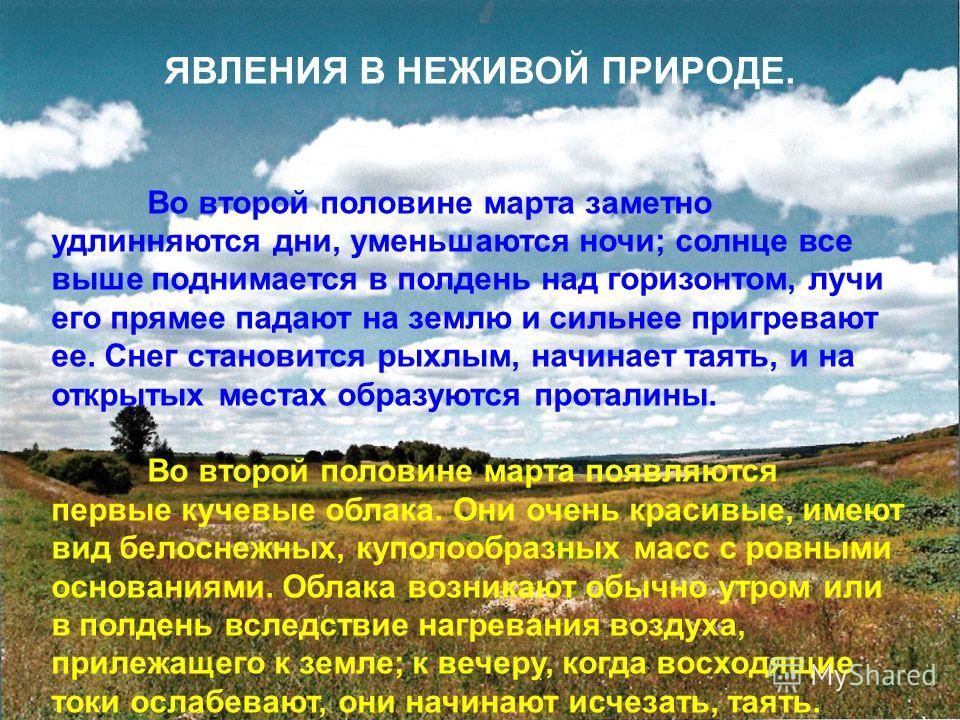
In the first half of April, the snow melts off the ground; The streams formed when it melts run down to reservoirs. Ice drift usually begins in mid-April. Shortly before this, edges appear near the shore - narrow strips of water. Under the influence of water and sun, cracks form in the ice, it splits and moves away. Ice floes, crowded and jostled, rush down the river, hitting the banks and piles of bridges. Ice floes move faster in the middle of the river than near the banks. Along the way they melt. The river is freed from the ice cover, overflows its banks and overflows. The flood begins.

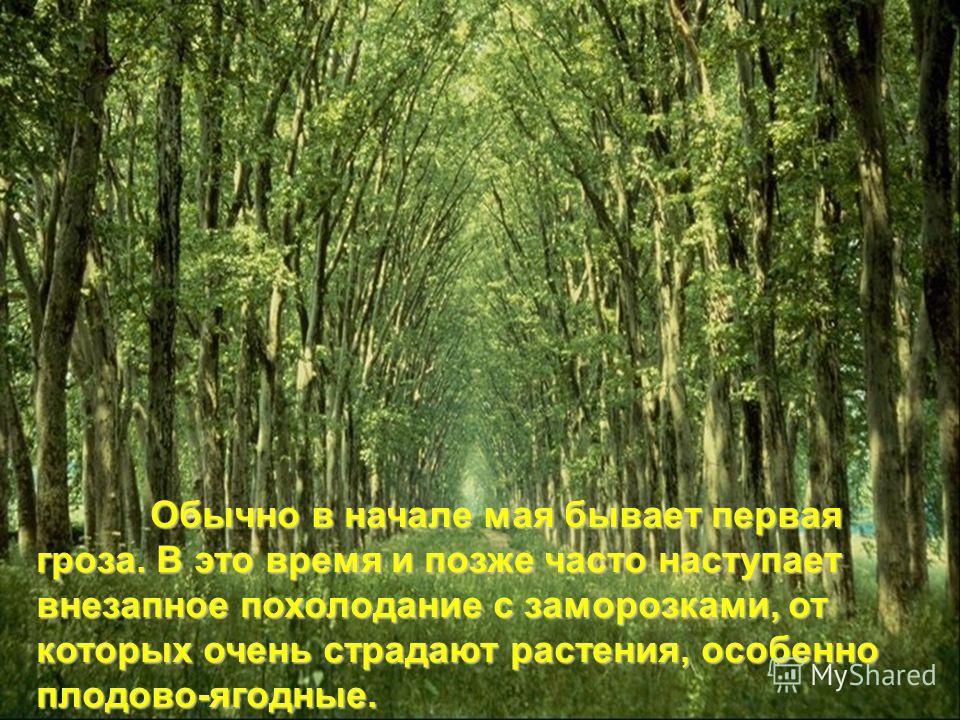
Swelling and dissolution of buds. Ten days after the start of sap flow, swelling of the buds becomes noticeable, in which rudimentary shoots are located under the protective bud scales. Wind-pollinated trees and shrubs bloom before they are covered with leaves, or at the very beginning of their development. Alder and hazel are the first to bloom in the second half of April, and among those pollinated by insects, willow. The buds of the willow are tightly covered with brown scales that look like caps. Having shed them, the buds look like fluffy balls consisting of hairs that protect the flowers from sudden fluctuations in temperature and rain. In April, most of the trees are still bare, but the covering scales of the swollen buds are already moving apart, and the tips of the leaves are showing from them. In April, most of the trees are still bare, but the covering scales of the swollen buds are already moving apart, and the tips of the leaves are showing from them.

APPEARANCE OF LEAVES. The young leaves of some trees are covered with a sticky fragrant substance, while others have a fluff that protects them from the cold. The light green color of the trees is tender and transparent at this time. At the end of April, bird cherry and birch buds bloom; in the first half of May - buds of maple, yellow acacia, apple and pear trees, and then oak and linden. In late spring, in the second half of May, the real blossoming of spring begins. Bird cherry blossoms, at the same time black currants, a little later wild strawberries and fruit trees, lilac, rowan and most herbaceous plants. In the last days of May, the fruits of aspen and willow ripen. The petals of apple and lilac flowers fall off - spring ends, summer begins.

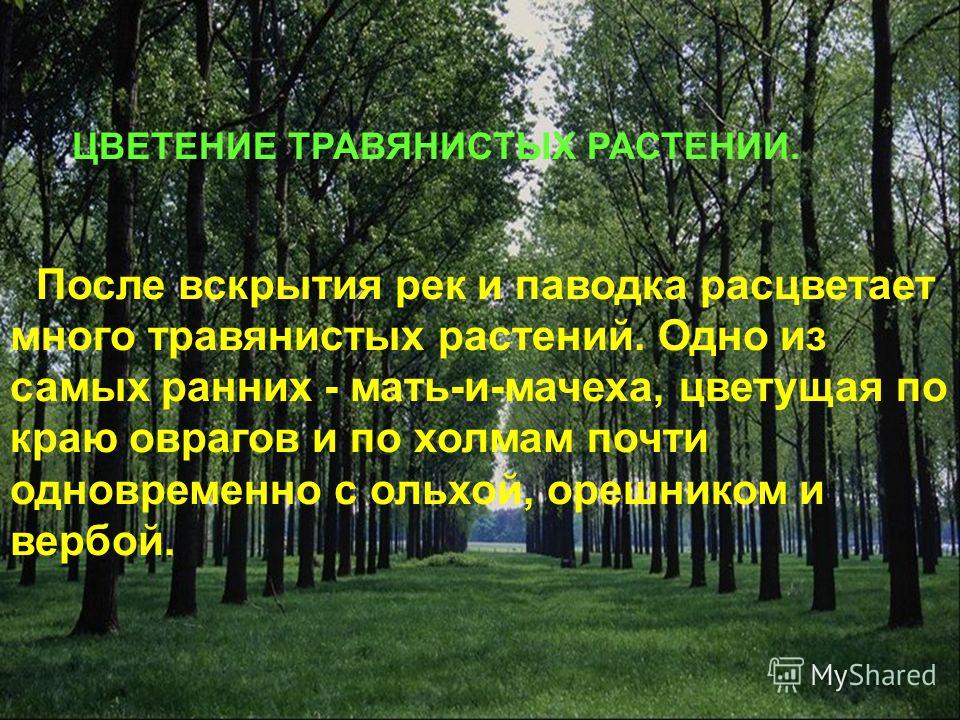
Its yellow head is similar to a dandelion, the flower shoots are covered with yellowish scales (modified leaves). These shoots quickly fade. The plant develops large green leaves, the underside of which is covered with white hairs and the top is smooth. This leaf, applied to the cheek with the underside, causes a feeling of warmth; applied with the top side cools. The name of the plant is associated with these properties: one side of the leaf, like a mother, warms; the other, like a stepmother, pours cold. The name of the plant is associated with these properties: one side of the leaf, like a mother, warms; the other, like a stepmother, pours cold.
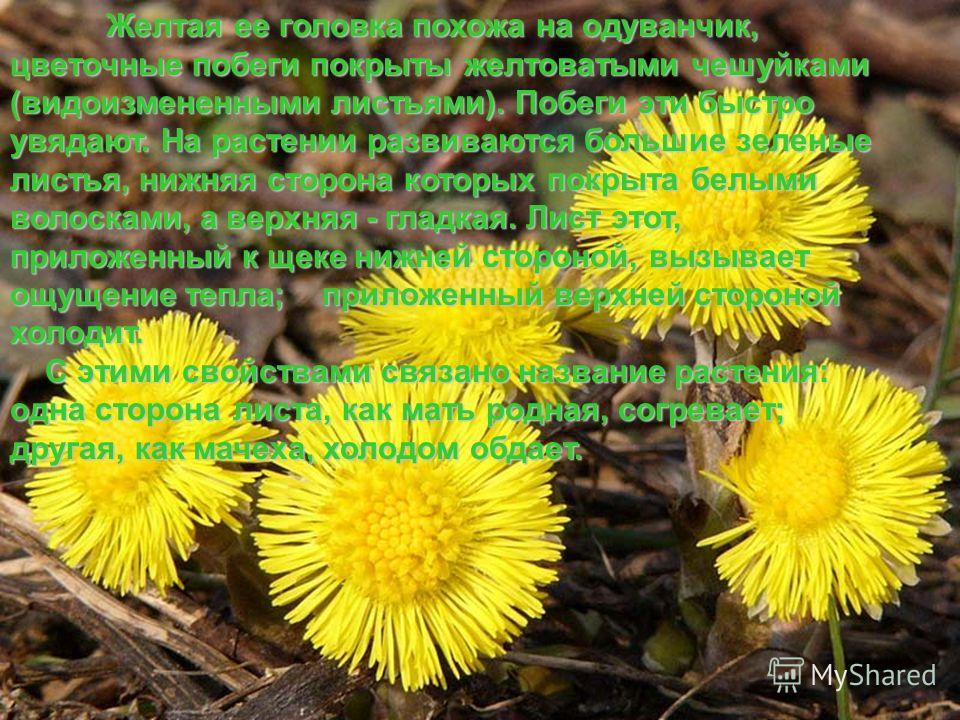
In the forest, when the earth has not yet completely freed itself from the winter cover, snowdrops open, developing still under the snow. These include blue scillas, violets, goose onions, and lungworts, whose flowers are first pink and then purple or blue.
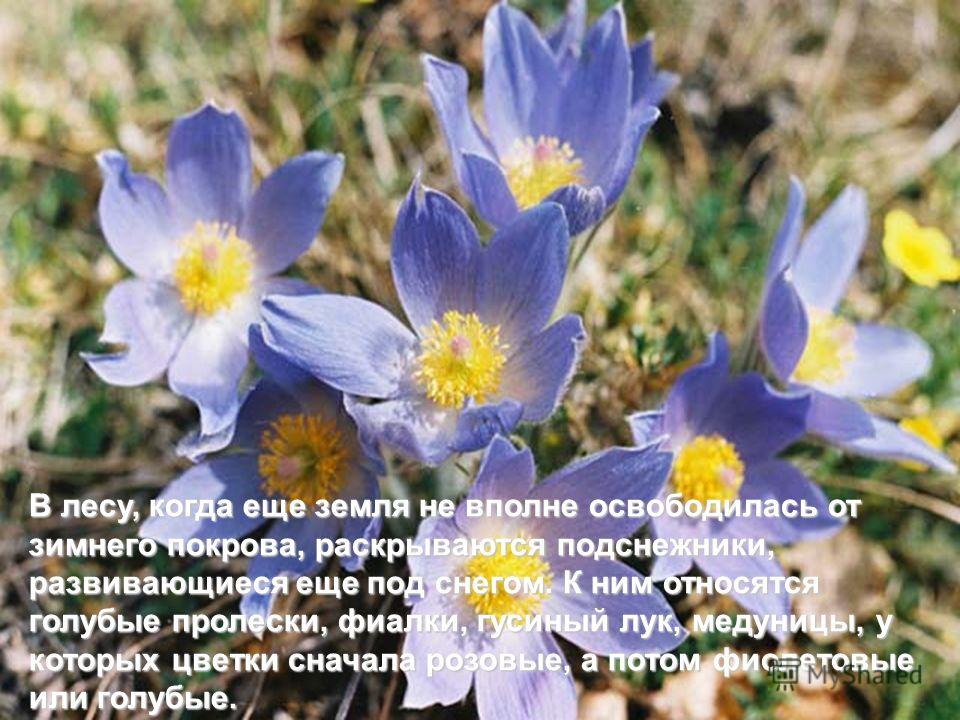
All early flowering herbs are perennials. They develop due to those nutrients that, like coltsfoot, accumulate in the fall in their underground organs - rhizomes, bulbs and tubers. The development of flowers in these plants precedes the blossoming of leaves or occurs simultaneously with it.
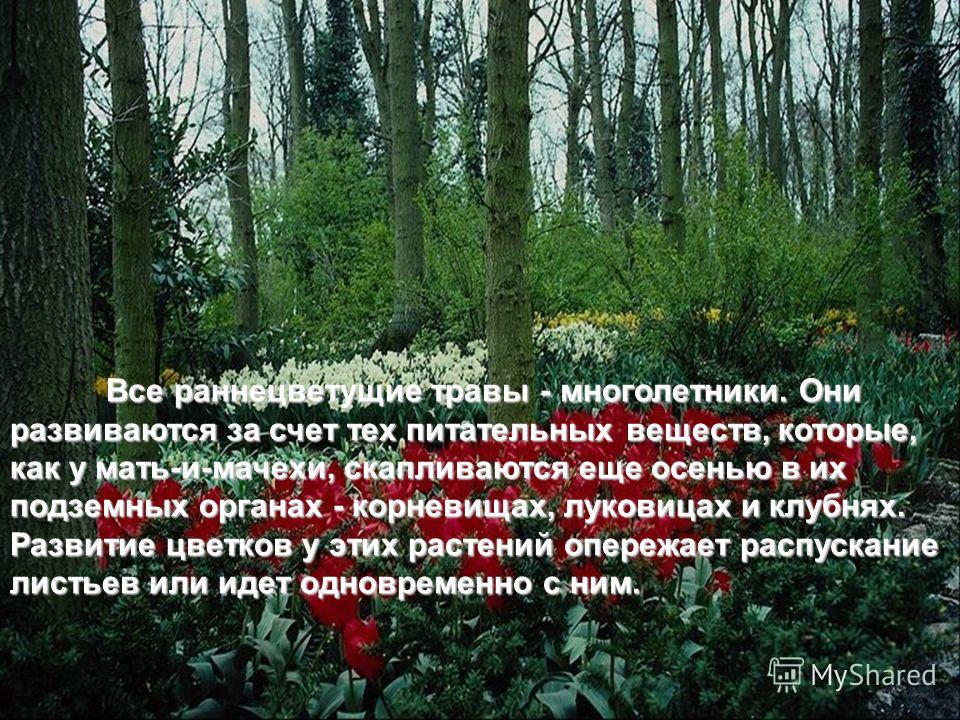
Dandelion blooms in mid-May. The yellow head is its inflorescence, consisting of many small flowers. It is surrounded by two rows of green leaves that form an involucre. During the day, in the light of the sun, the dandelion widely opens its inflorescences and fluffy heads with fruits. In the evening, as well as in inclement weather, all the flowers rise upward, press against each other and are tightly covered with a wrapper. This protects the pollen contained in them from dampness during dew and rain.
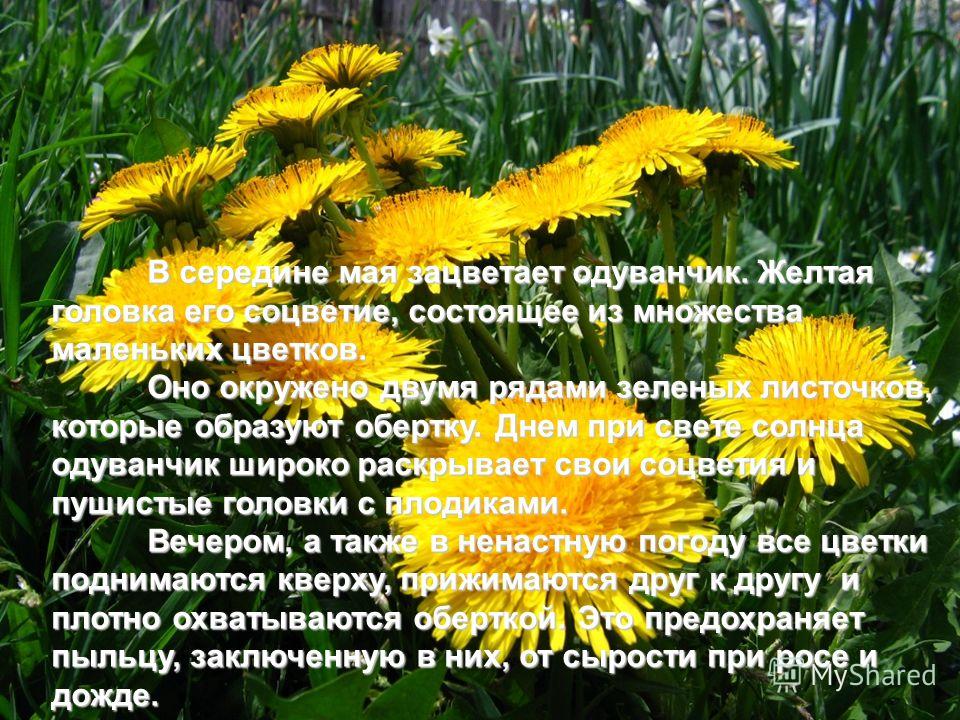
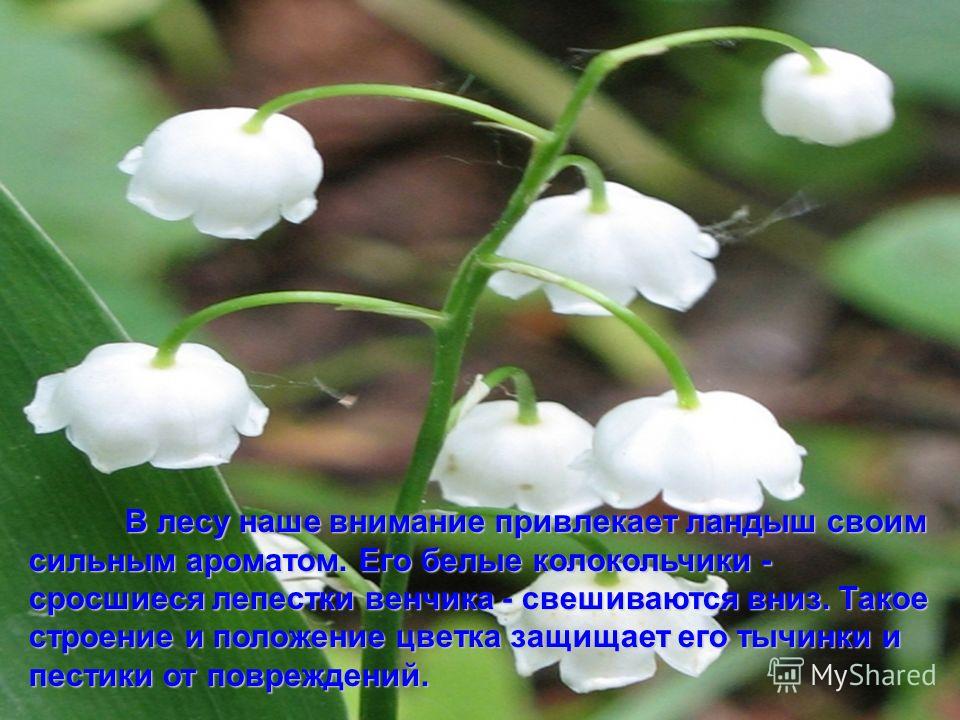
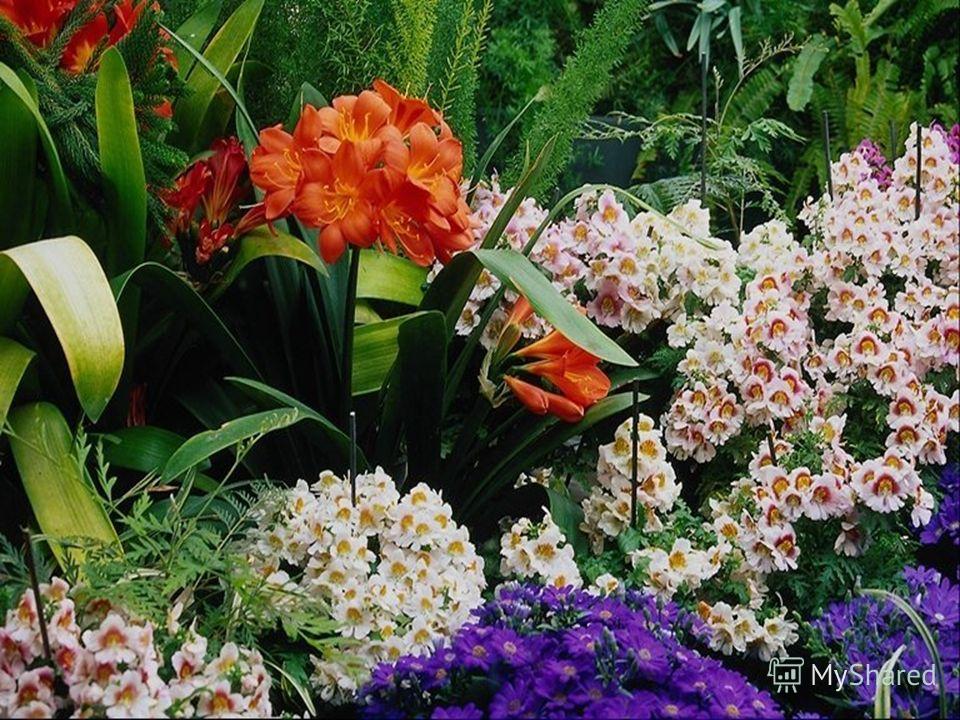
APPEARANCE OF INSECTS. Early spring, with the appearance of thawed patches, insects awaken, having spent the winter in piles of fallen leaves, under the bark of trees and stumps, and in other places protected from the cold. The first day butterflies begin to fly: the variegated wren, whose caterpillars feed on nettle leaves; buckthorn, whose caterpillars eat buckthorn leaves. These wintered butterflies emerged from their pupae at the end of last summer. The first day butterflies begin to fly: the variegated wren, whose caterpillars feed on nettle leaves; buckthorn, whose caterpillars eat buckthorn leaves. These wintered butterflies emerged from their pupae at the end of last summer. With the onset of warmth and the appearance of young leaves and buds (in the first half of May), caterpillars crawl out of their winter shelters. Butterflies emerging from wintering pupae begin to fly, and May beetles appear. With the onset of warmth and the appearance of young leaves and buds (in the first half of May), caterpillars crawl out of their winter shelters. Butterflies emerging from wintering pupae begin to fly, and May beetles appear. In stagnant bodies of water, as soon as the sun warms up the water, transparent crustaceans begin to swim - cyclops and daphnia, which are good to feed fish in the aquarium, swimming beetles and water lovers. Puddles and ditches are filled with mosquito larvae; in mid-May they turn into pupae, from which winged insects soon emerge. In stagnant bodies of water, as soon as the sun warms up the water, transparent crustaceans begin to swim - cyclops and daphnia, which are good to feed fish in the aquarium, swimming beetles and water lovers. Puddles and ditches are filled with mosquito larvae; in mid-May they turn into pupae, from which winged insects soon emerge.
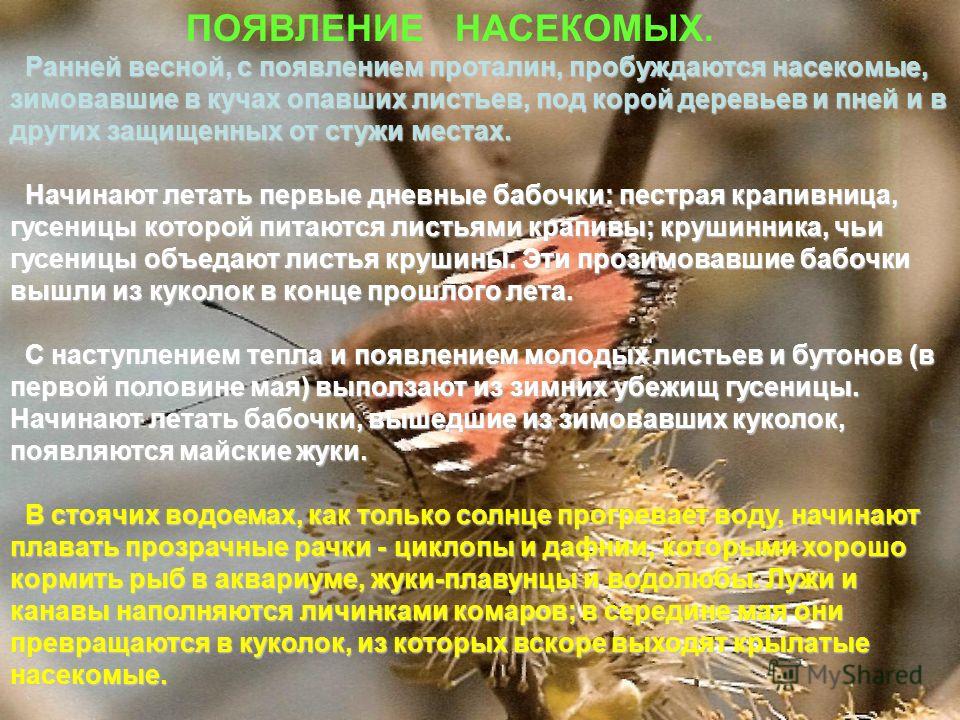


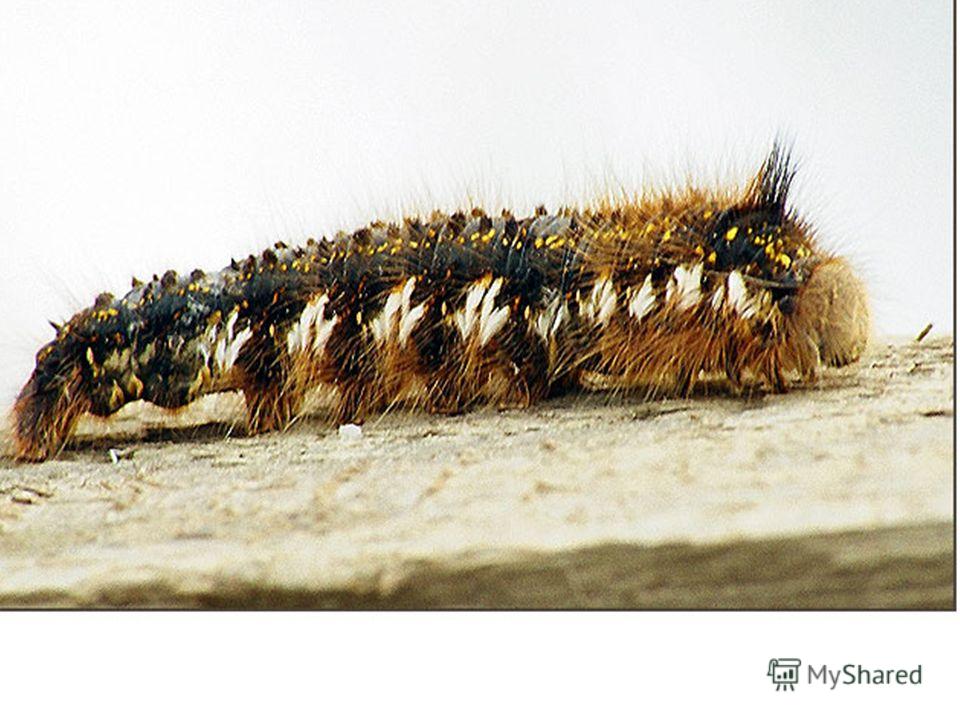

![]()
ARRIVAL OF BIRDS. With the formation of thawed patches and the awakening of insects hibernating in the ground, they return migratory birds. The first to appear are the rooks - the messengers of spring, followed by starlings and larks. In early spring, sparrows, crows, and magpies become animated, scream loudly, and begin to build nests and lay eggs. Sparrows nest under the roofs of houses or in an abandoned nest. Crows make nests on tall trees in groves and parks. In May they are already feeding the chicks. Sparrows eat many harmful insects at this time. In early April, male finches arrive. Wagtails appear near reservoirs, and flocks of cranes return to the north.

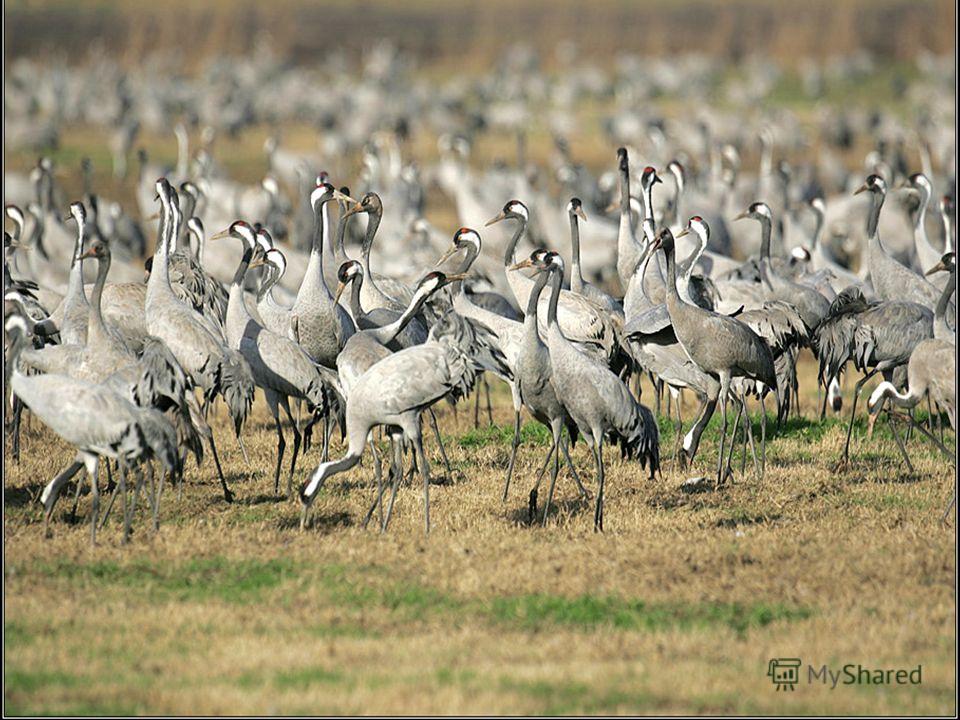
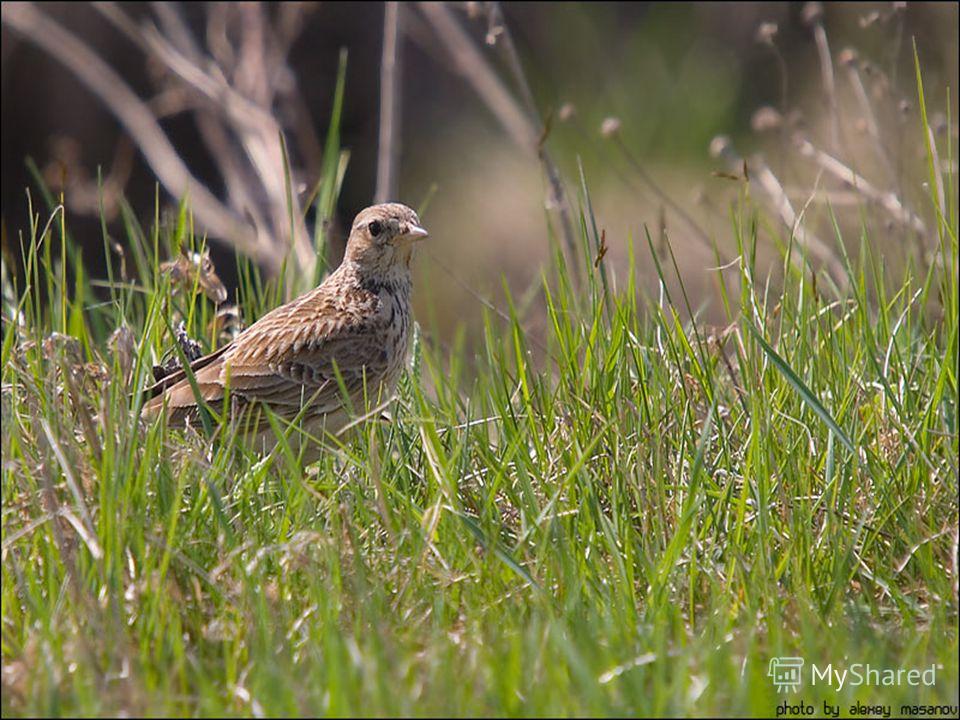


In May, when flying dipterans - flies and mosquitoes - appear, swallows, swifts, and flycatchers return to their homeland. The period of nest building begins. Most songbirds build them on the branches of bushes and trees. In the fields, right on the ground, a skylark makes a nest, on the shore between stones, under the roots of trees, under bridges - a white wagtail.

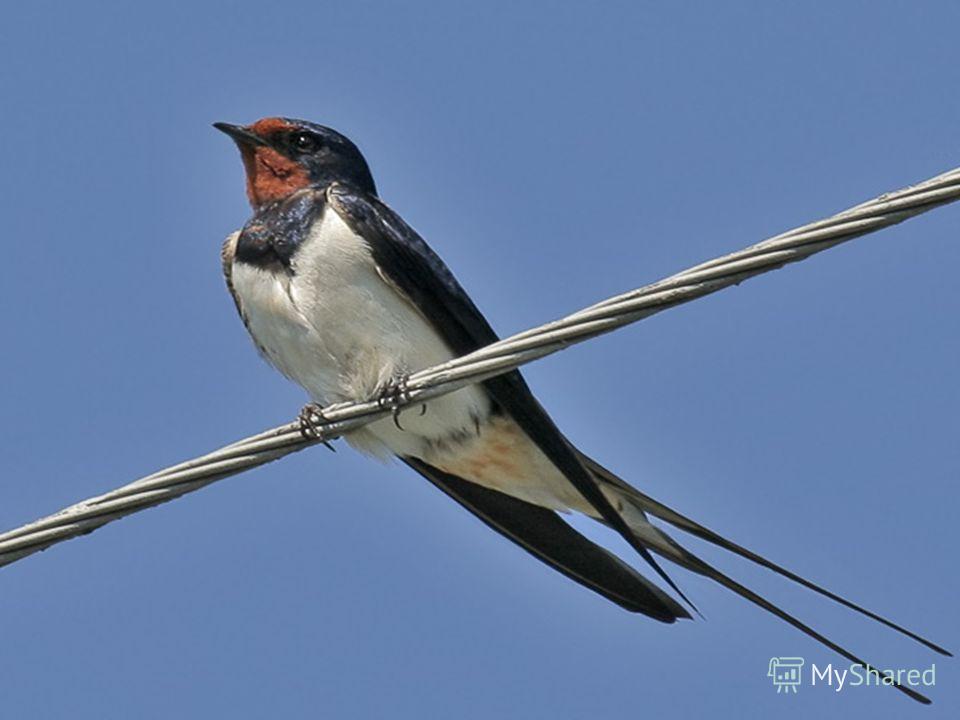
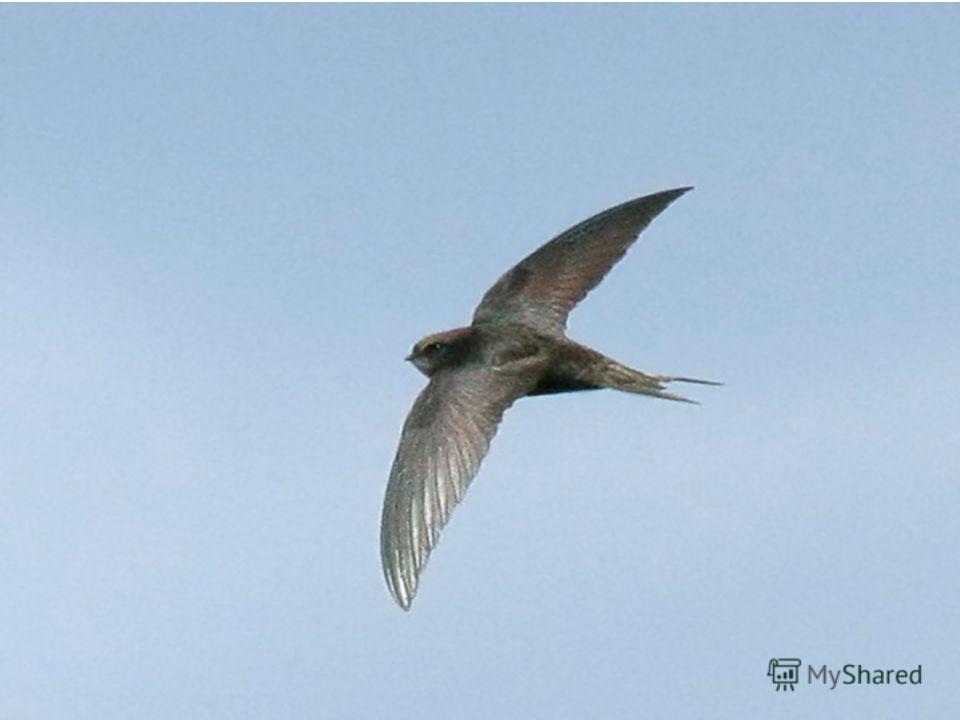
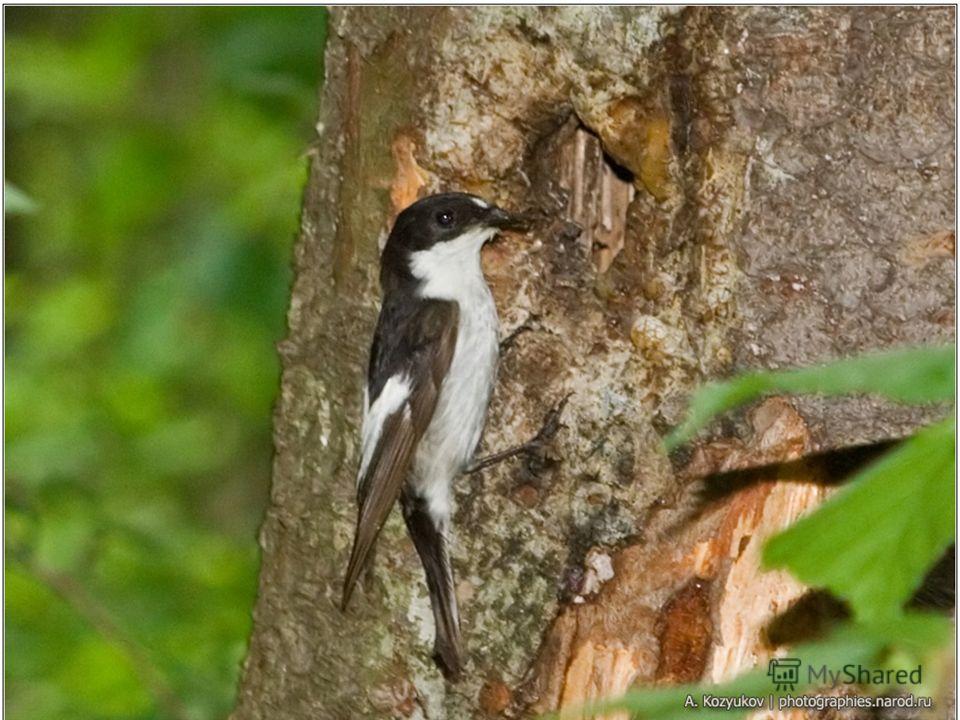
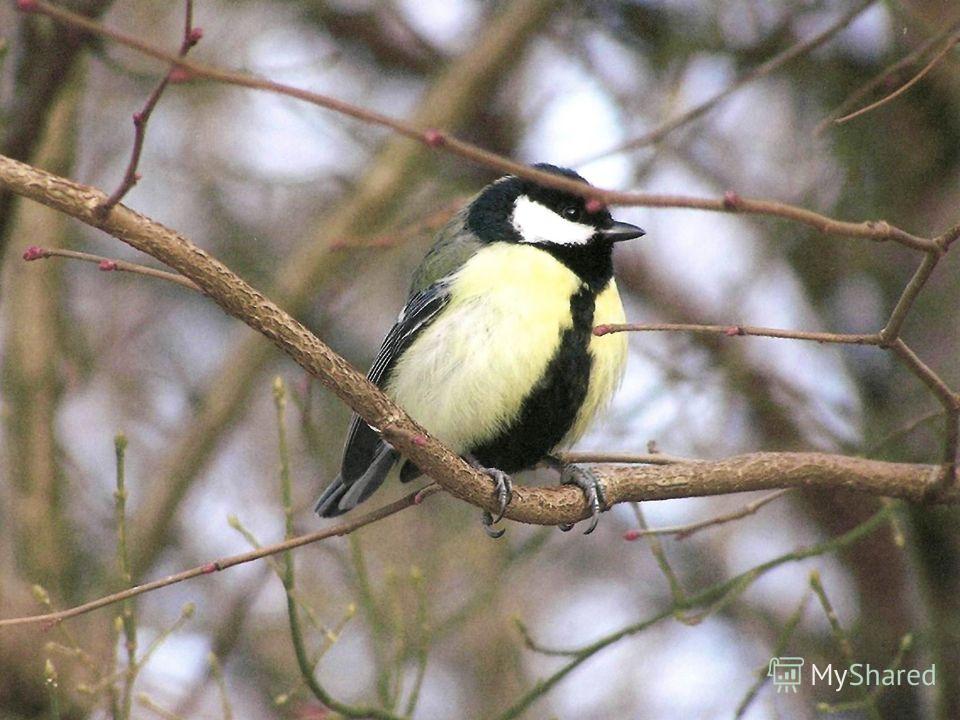
In addition to woodpeckers, flycatchers, tits and some other birds live in hollows. High above the ground, in the fork of a branch, finches place their nest. It is made of soft stems of grass, pieces of birch bark and lined inside with down, wool, and moss. Females usually hatch the chicks. The males get food for them and, sitting near the nests, sing; sometimes they replace the female.
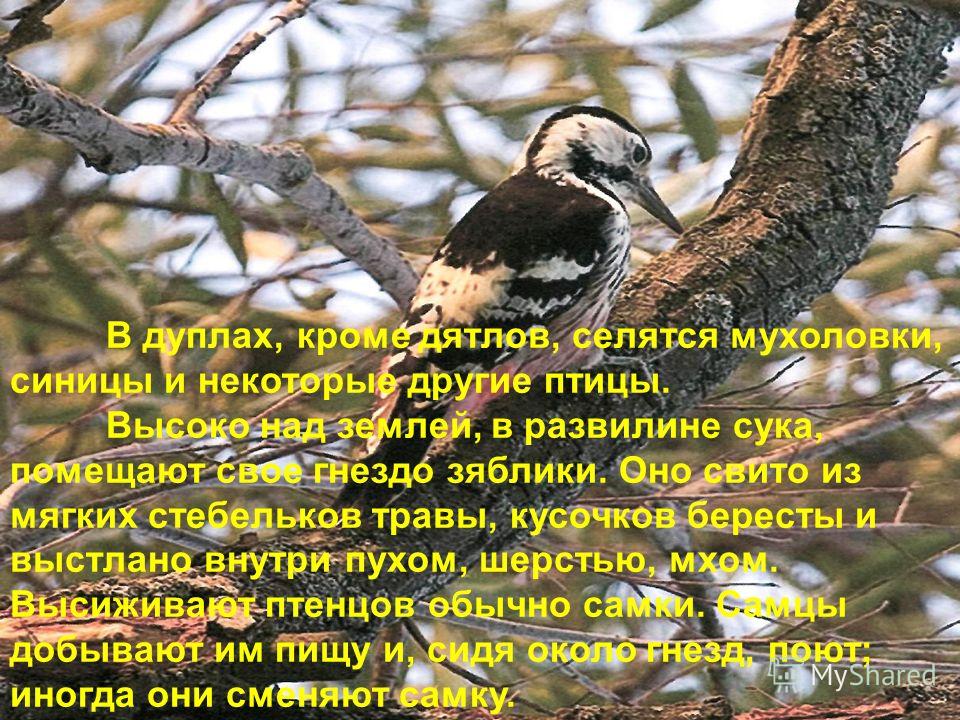
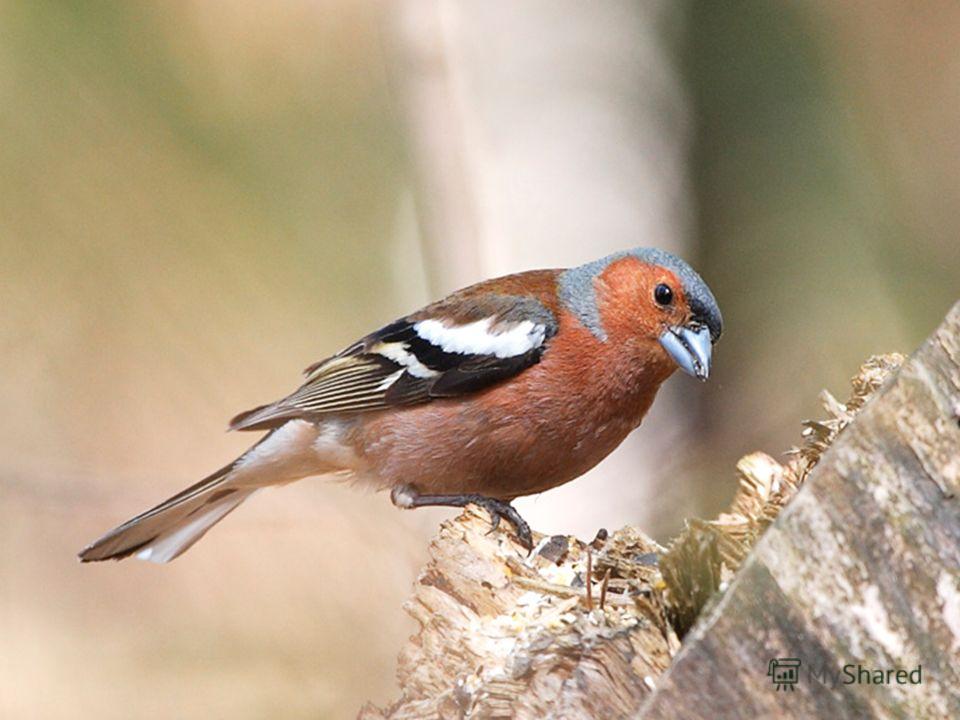
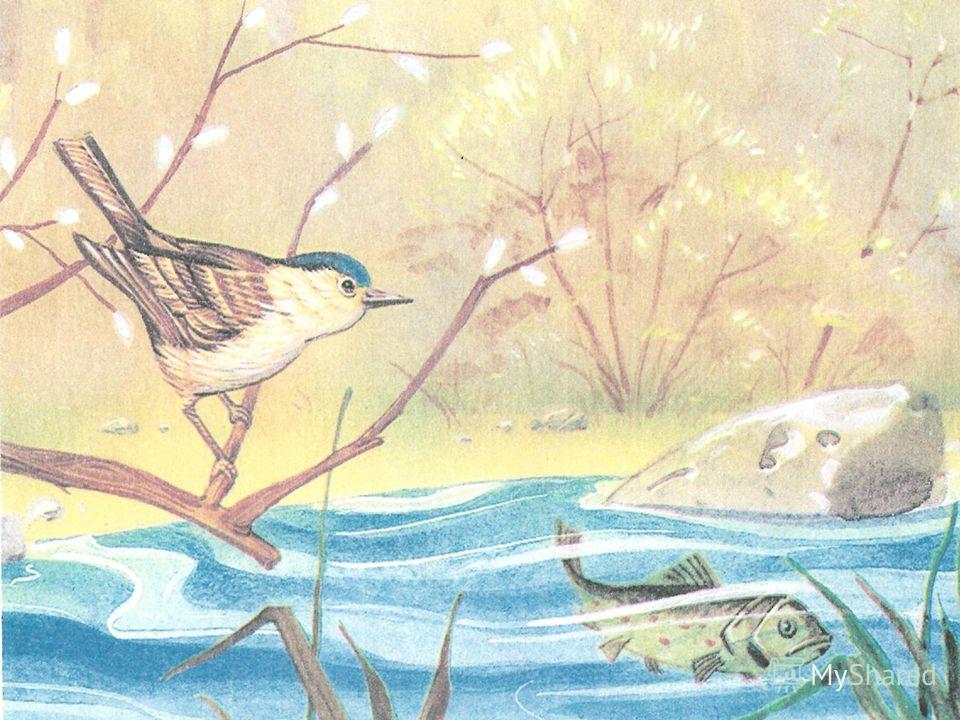
BEASTS. In early spring, mother bears with cubs emerge from their den. At this time they feed on ants, look for insect larvae in rotten stumps, later catch frogs, lizards, dig tubers and plant bulbs from the ground. At the end of March, the first bunnies will be born; They are born sighted and quickly adapt to independent life. Squirrels bring from 3 to 5 blind, naked and helpless squirrels, who regain their sight only after a month. 4-6 blind wolf cubs appear in the wolf's lair. Adult animals - bears, wolves, foxes, hares, moose - molt; the long winter coat comes out, the fur becomes darker
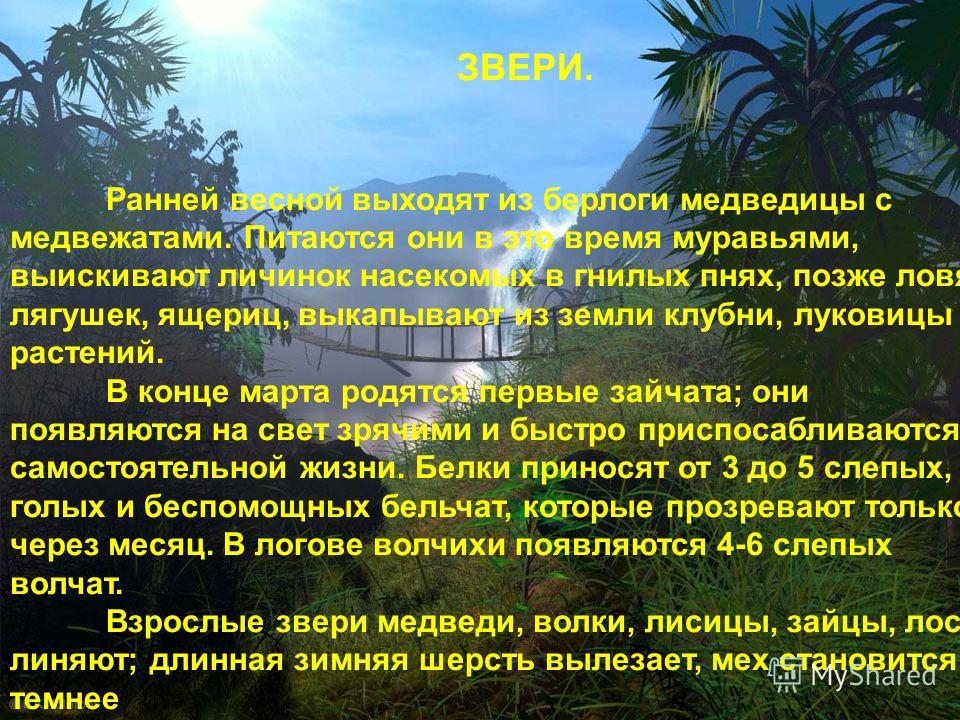
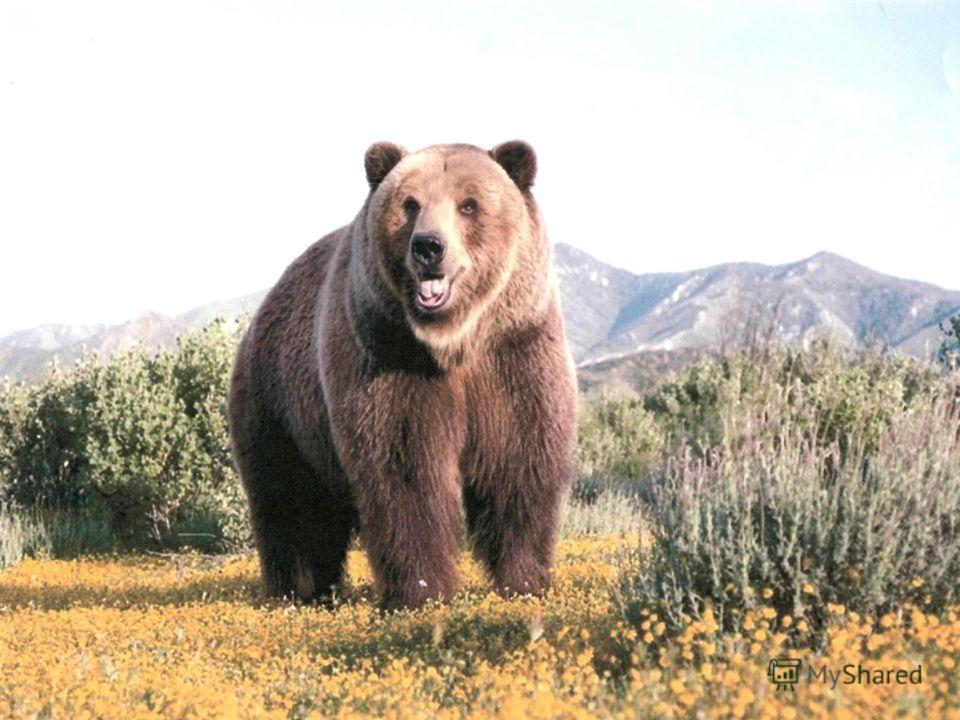
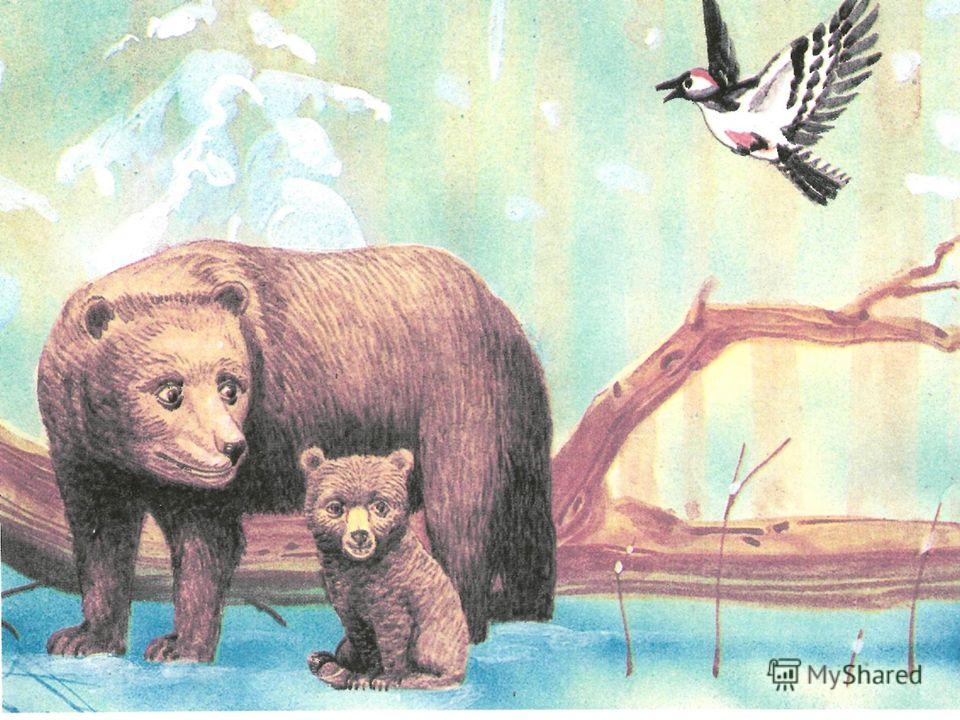

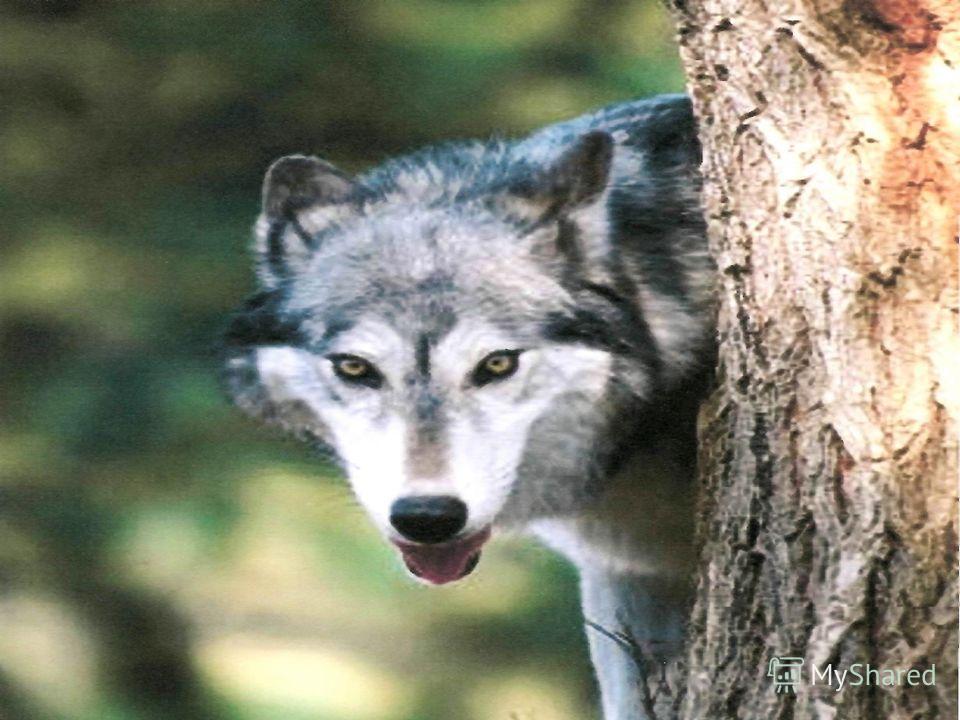

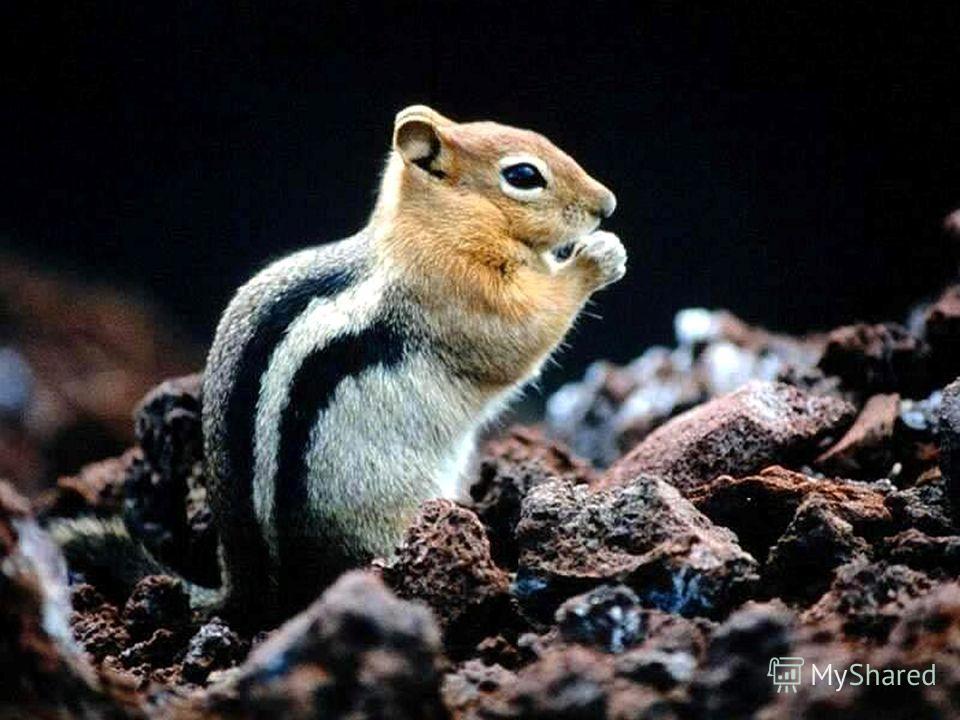
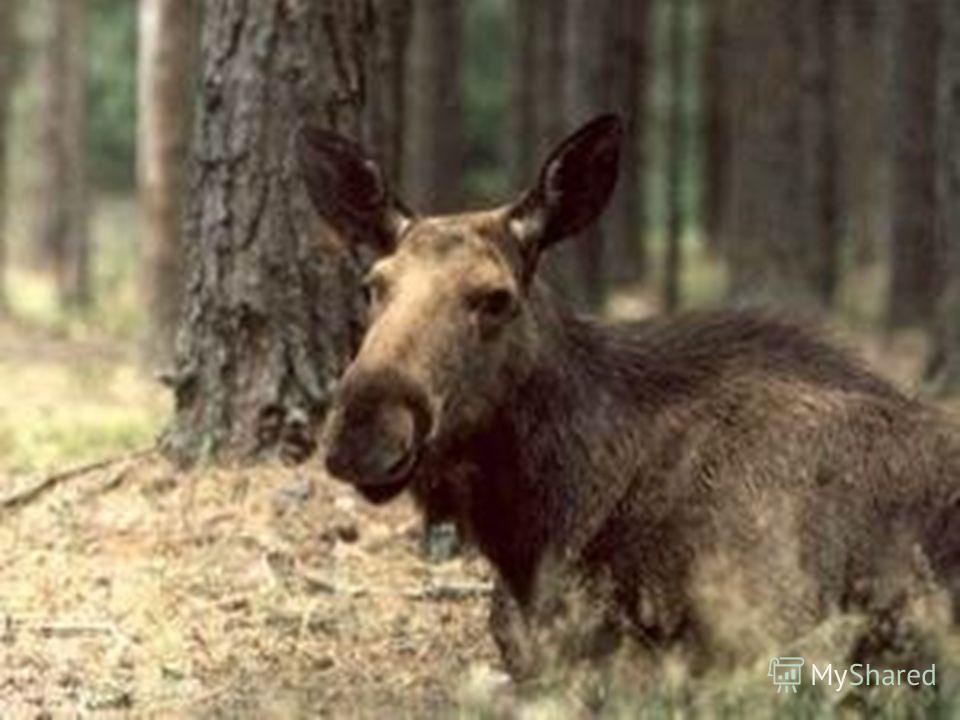
INTRODUCTION TO PHENOMENA IN LIVING NATURE. At the beginning of spring, you should watch the birds leaving the nesting site, their flight and return to it. Some children are assigned to observe the appearance of insects, trees (swelling of buds, development of leaves and flowers), and herbaceous plants, for example, dandelion (appearance of shoots, leaves, flowers, fruits, opening and closing of flower baskets). In the spring, together with the children, they inspect trees and bushes; damaged branches are removed in their presence. At the same time, pay attention to the appearance of caterpillars on the branches; note the appearance of mosquitoes and other insects and lead the children to form a connection: the insects have warmly come to life. During Bird Day, children are explained the role of birds in protecting trees from insect pests. You should definitely note the arrival of the rooks. You can look at V. Savrasov’s painting “The Rooks Have Arrived.”


It is necessary to read M. Prishvin’s story “Golden Meadow”. It describes the changing color of a meadow at different times of the day due to the opening and closing of dandelion flowers. Reading this story increases your interest in observing the dandelion. After conducting observations in the meadow, children will listen with interest to N. Pavlova’s fairy tale “In a Living Room.” The fairy tale describes how a bug that got into yellow flower, could not get out of there until the morning. After reading, you can ask questions: what flower did the bug land on? Why couldn't the bug get out until the morning? After this, it’s good to draw on the theme “Dandelions in the meadow.”
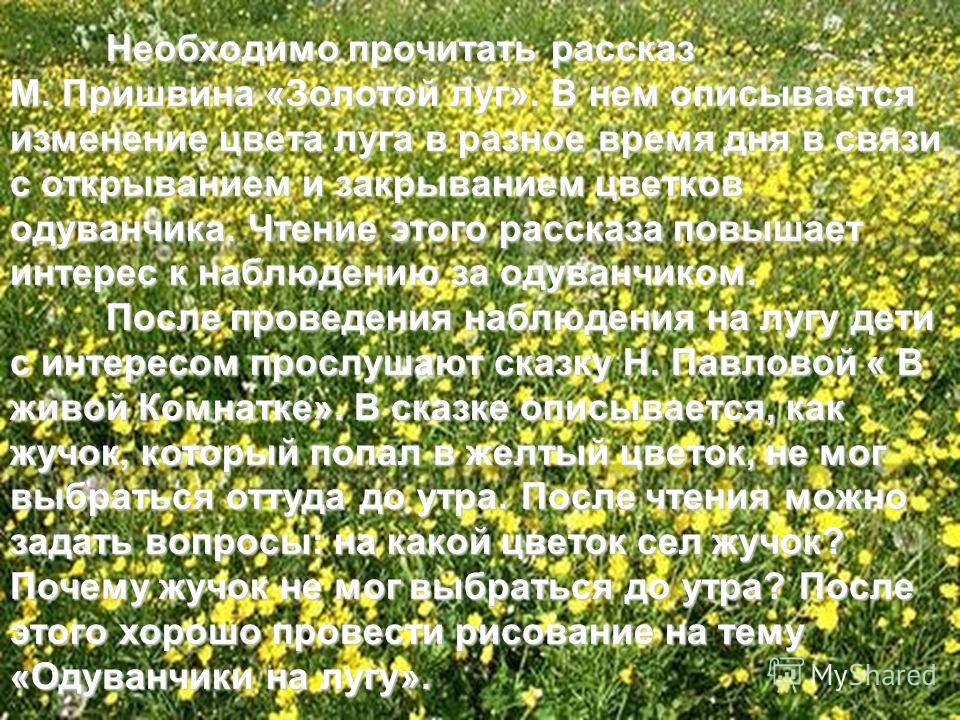
INTRODUCTION TO PHENOMENA IN NON-LIVING NATURE. On walks in early spring, pay attention to the position of the sun at noon (how high it rises), track where and when it sets; establish how the day increases; They note warming, changes in snow, the appearance of thawed patches and their places, drops, and icicles. When going out for a walk, they determine the weather and decide what can be done during the walk. In mid-spring, you can show children, if there is one nearby, a river or lake before breaking up the ice and during ice drift. On the first excursion, children answer the questions: what is the river (pond, lake) covered with in winter? What was the ice like in winter? They pay attention to the fact that spring streams flow from the shore into the river, the ice has become dirty, and muddy puddles have appeared on top of it. On the second excursion, ice drift is observed, and on the third, high water is observed. To consolidate the impressions received, you can read the excerpt “Ice drift on Belaya” from the work of S.T. Aksakov “Childhood years of Bagrov the grandson”, poem by N.A. Nekrasov “Childhood years of Bagrov the grandson”, poem by N.A. Nekrasov "Grandfather Mazai and the Hares." "Grandfather Mazai and the hares."

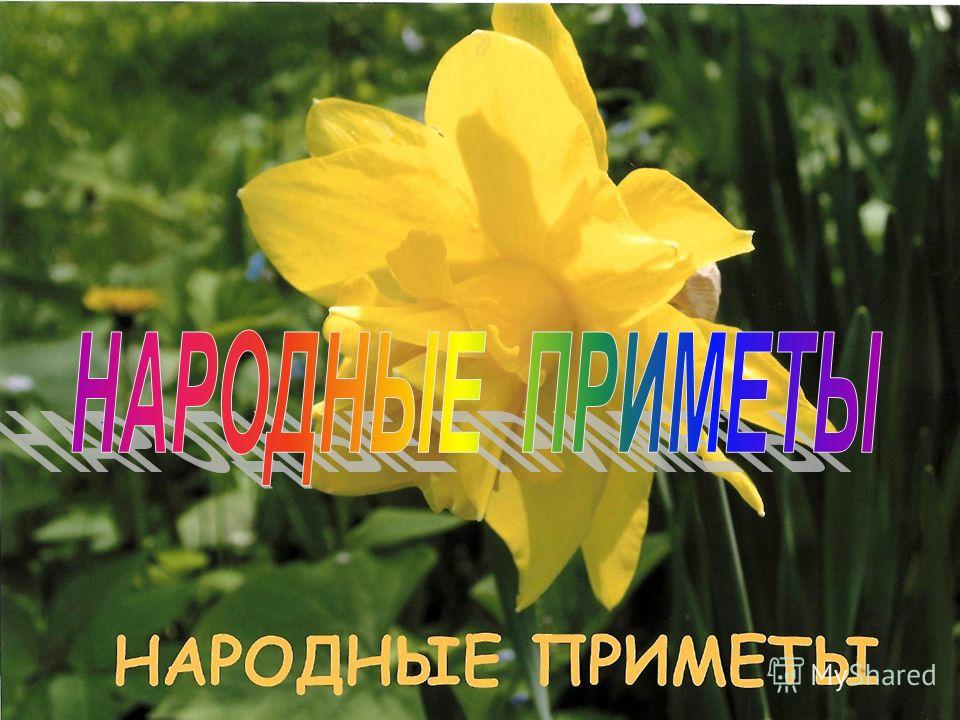
IN MARCH - PROTALNIK. March proverbs. March ends winter and begins spring. March is unfaithful: sometimes he cries, sometimes he laughs. In March there is winter both in front and behind. And March sets in with frost. March is not spring, but pre-spring. March bought a fur coat from Mother Winter, and sold it three days later. The spring sun resurrects the earth. The month of March is like a stepmother - sometimes she frowns, sometimes she laughs. March sows with snow and warms with sun. Rook on the mountain - spring is in the yard.

The word "March" is not Russian. It came to us from Byzantium. March, sailor - the first month of spring, is named after the god of war Mars, who was originally the god of fields, harvest and cattle breeding, and peaceful labor. Our ancestors called this month “dry” - at this time of year there is little rainfall, the forest is dry. They called it “thawed-nick” because of the rapid melting of snow and the appearance of thawed patches. This month the snow is damp underfoot, in the shade it is still winter, and in the sun there are drops and puddles, which is why March is also called “dropper”. The light is brighter, the sun is higher, the days are longer in the first month of spring. And in this growing light of the day, the ear increasingly catches the multi-voiced “bird conversations”. March is the time of arrival of birds - “rookie”. The cold weather is leaving - March has dealt with the winter darkness. April is ahead. People sang farewell songs to winter.

Now the winter is passing, Snow White is passing, Lyuli, Lyuli, passing! Goodbye, sleighs, little horses, Our winter friends, Lyuli, Lyuli, little friends! Snow and cold take away, Red spring brings! Goodbye, old winter lady, You gray-haired cold woman, Lyuli, Lyuli, cold girl!
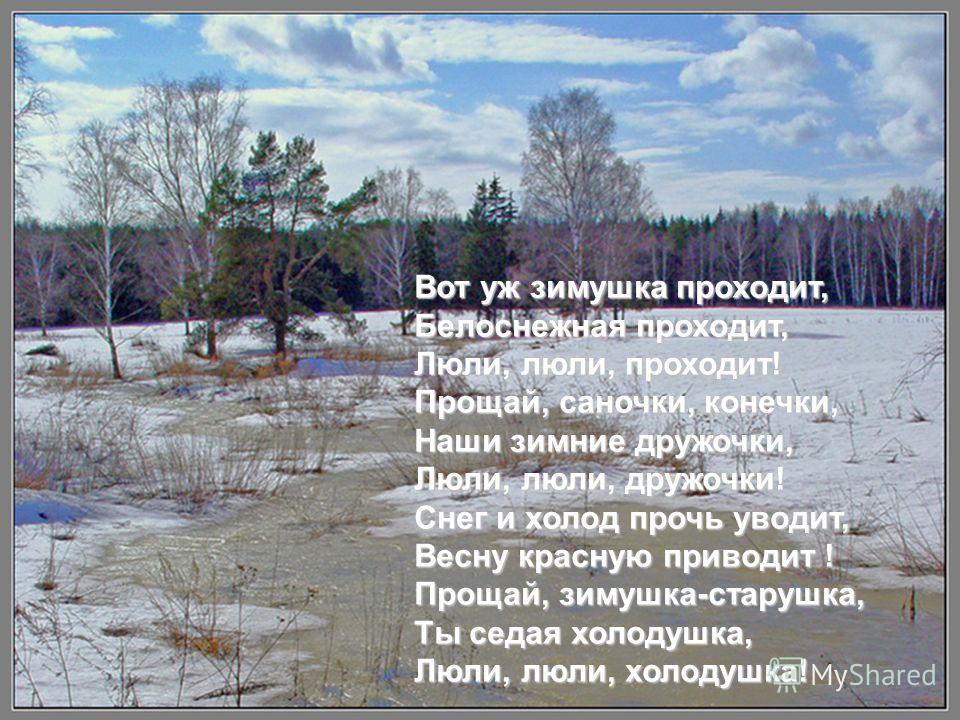
SPRING RIDDLES She was white and gray-haired, but she came green and young. (Spring). A snowdrop will wave in the forest with a magic wand. (Spring). (Spring). I didn’t count versts, I didn’t travel on roads, but I went overseas. (Bird). Black, agile, shouts: “Krack!”, enemy of worms. (Rook). The skin lies there and runs to the water. (Melting snow).
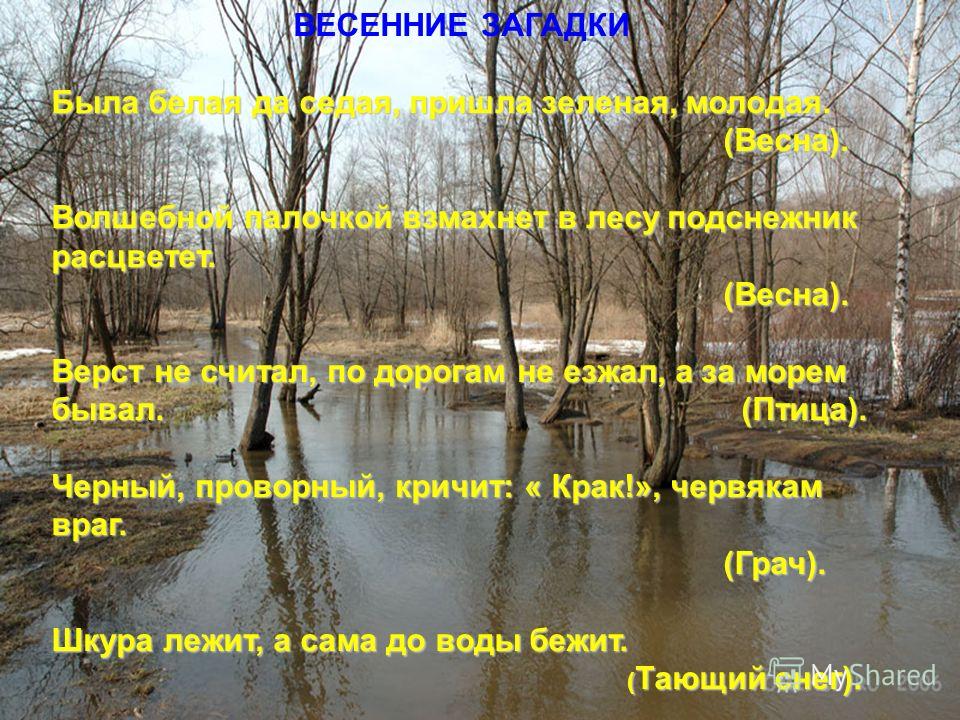
APRIL - DRIPPER. AND PREL'S PROVERBS. The April flower breaks the snowball. April streams awaken the earth. April begins with snow and ends with greenery. April starling is a messenger of spring. RIDDLES OF APRIL. One pours, another drinks, the third grows. (Rain, earth, grass). From gate to gate lies a pike of gold. (Sun). Ten fluffy yellow chickens sit in a row on a branch in the spring. (Mimosa). A rope stretched across the sky. (CRANES).
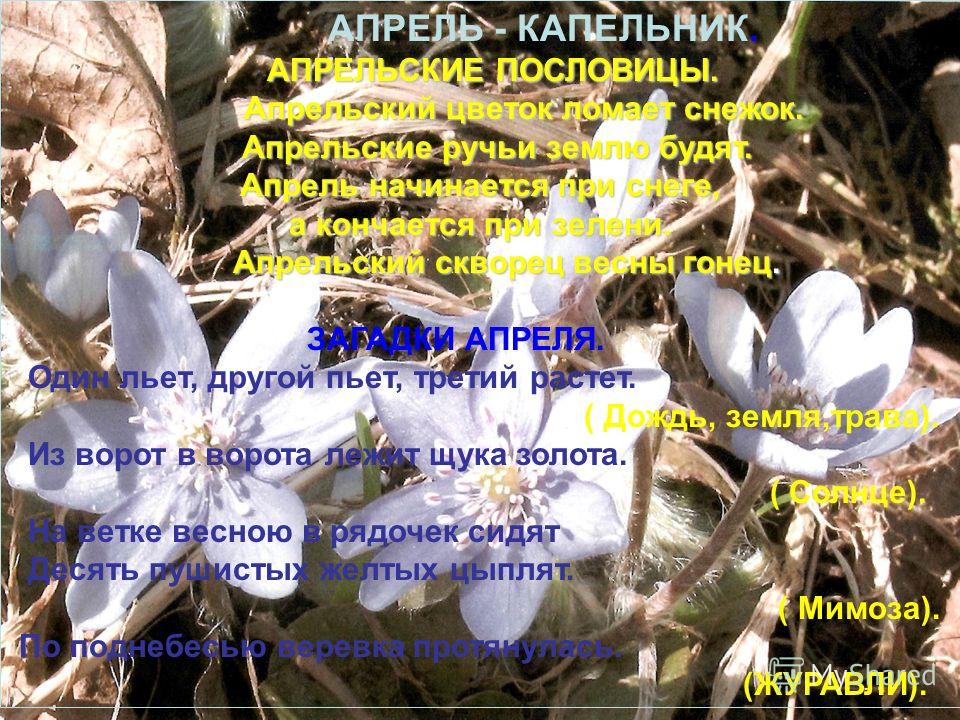
MAI - GRASS. MAY PROVERBS. March with water, April with grass, and May with flowers. May brightens up the forests, summer awaits visitors. Remove the stump in the spring, and the stump will be beautiful. May - paradise under every bush. May grass feeds the hungry. MYSTERIES OF MAY. It howls, whistles, breaks branches, raises dust, knocks you off your feet. You hear him, but you don’t see him. (Wind). The bunny dances here and there, the bunny follows on his heels, and I catch the bunny and rock him in the cradle. ( Sunny bunny). An old poplar near the porch, a rook is looking for its place. The rumble of ice floes, the rustling of waters, the sky is full of light. The ants, as soon as it was dry, got down to work together: They are repairing the domes of the tall anthills. (Spring). MAY. The buds burst together and the leaves bloom. The dew is trembling on the grass. Elk runs after a rainbow. V. Stepanov

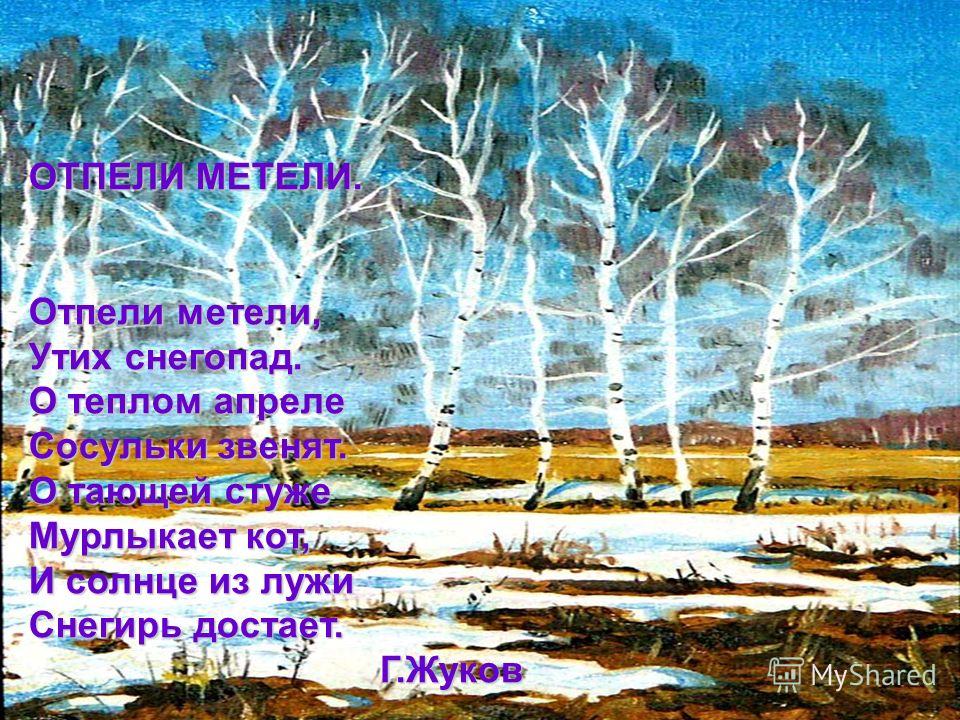
It is believed that April got its name from the Latin word “aperire”, which means to open. This month the earth “opens”: sprouts appear, tree buds burst. April is the month of spring “discovery” of nature. Our ancestors called this month “birch zol”, considering it evil for birches, since at this time they began to harvest birch sap. They also called April “dripper”, “snowrunner”, “sunflower” and “flower”. Due to the inconstancy of the weather, its changeable nature, April has many other nicknames: “deceiver”, “capricious”, “rogue”, “cunning”. April manages the weather in its own way, it was not without reason that they said: “From snow to leaf, this is April the Aquarius.” Everything in April is sun, snow, and rain mixed together. April is also called the “bird month”: at this time, migratory birds return, carrying spring on their wings from warm regions to their homeland.

The month of May is named after the mythical mountain goddess Maia, daughter of Zeus. In Greek, Maya is mother, nurse, goddess of fertility and spring renewal of the earth. Our ancestors called it “herbalist”, “bird whistling”, “nightingale month”, they also called it “mur” (from “grass-ants”), “flying”, because May is the end of spring, the threshold of summer. In May, the wind sings and the earth puts on its best attire. It was not for nothing that they said: “In May everything will be dressed up - here with a flower, here with a flower, and here with a blade of grass.” The earth is covered with a green carpet. “But May is treacherous: even if it’s hot in the early days, expect cold in the second half: when the bird cherry blossoms and when the oak blossoms.” In May, anthills come to life, butterflies collect nectar from the first spring flowers. And everywhere there is the chirping, cheerful whistling of birds welcoming the warmth: swallows, finches, swifts, nightingales, robins, larks.

RIDDLES. He knocks loudly, shouts loudly, but what he says, no one understands and the sages cannot know. (THUNDER). Little sisters stand in the field - yellow eyes, white eyelashes. (CHAMOMILE). Ros ball is white. The wind blew the ball and flew away. (DANDELION). White peas on a green stem. (LILY OF THE VALLEY). What is born in bread, but is not good to eat? (KNAPWEED). Like an arrow it flies, it eats midges. (MARTIN).
![]()
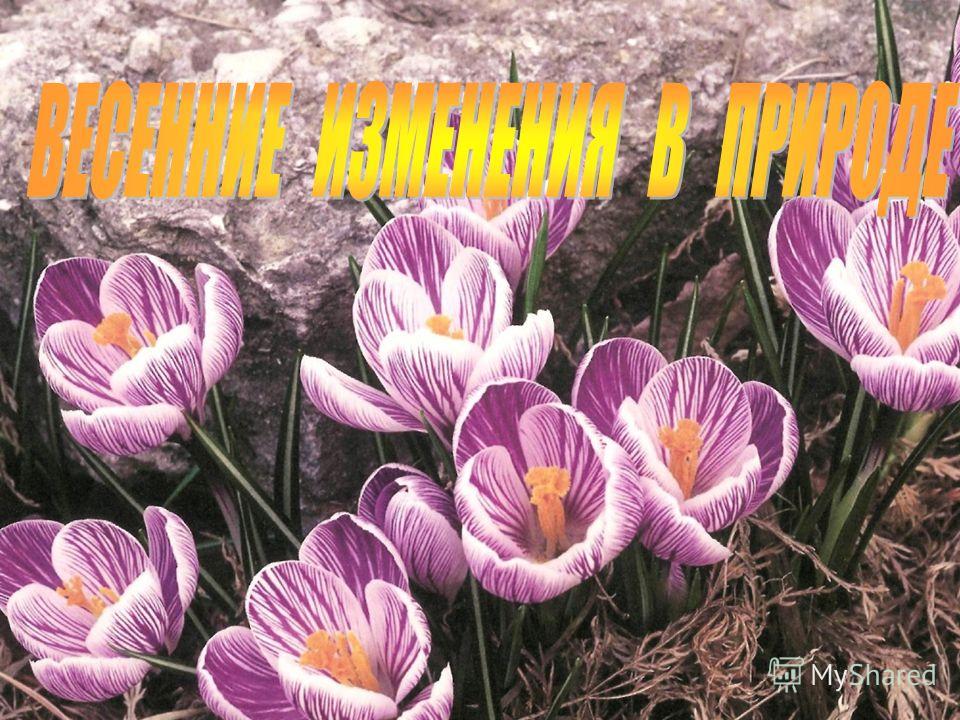

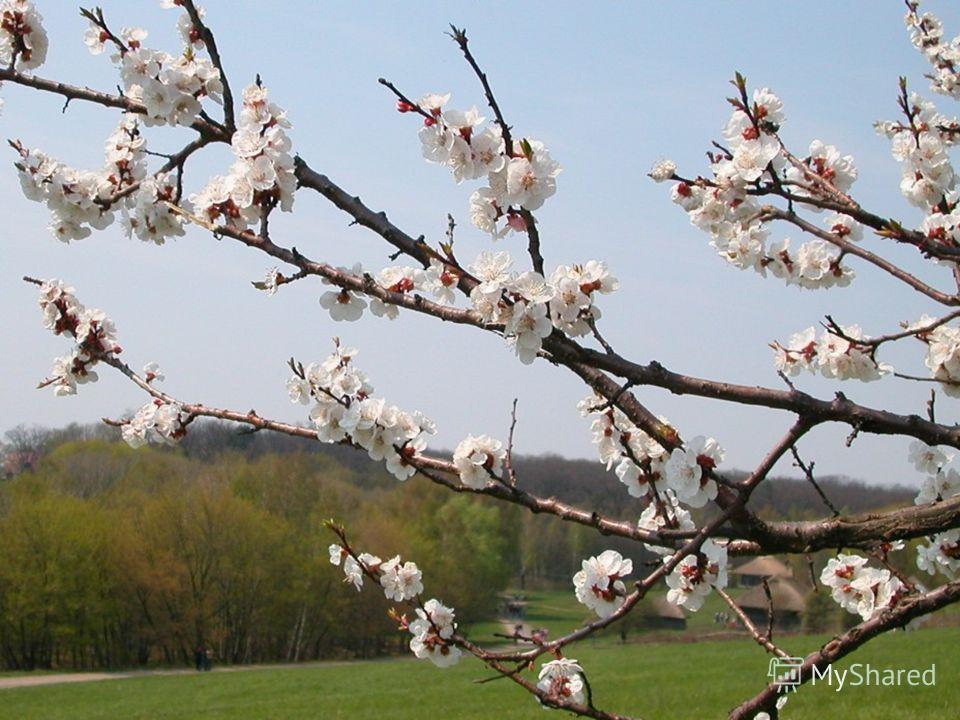
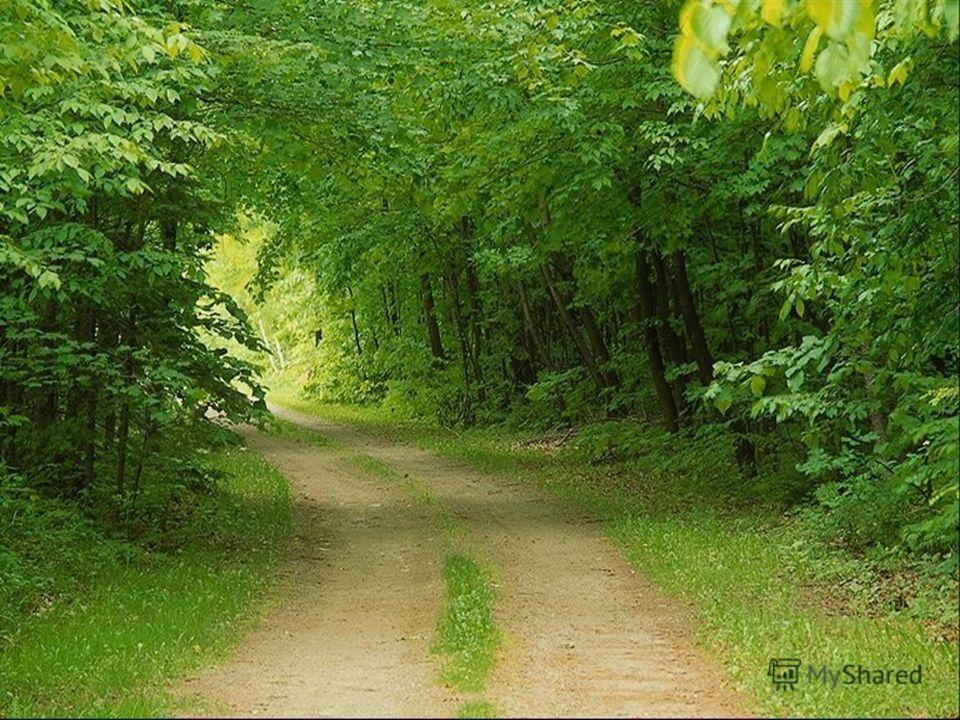
APRIL. For a long time spring walked in secret from the winds and cold, and today it splashes straight through the puddles. Drives the melted snow with hubbub and ringing, To line the meadows with green velvet. “Soon, soon it will be warm!” This news was the first to drum on the glass with the gray paw of the willow... Ya. Akim
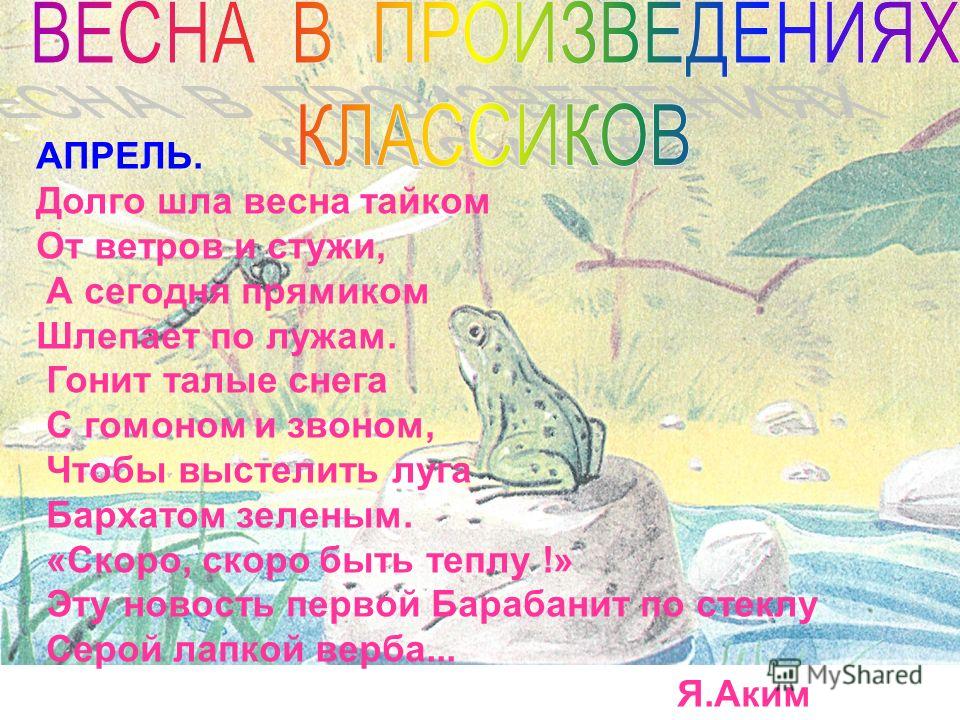
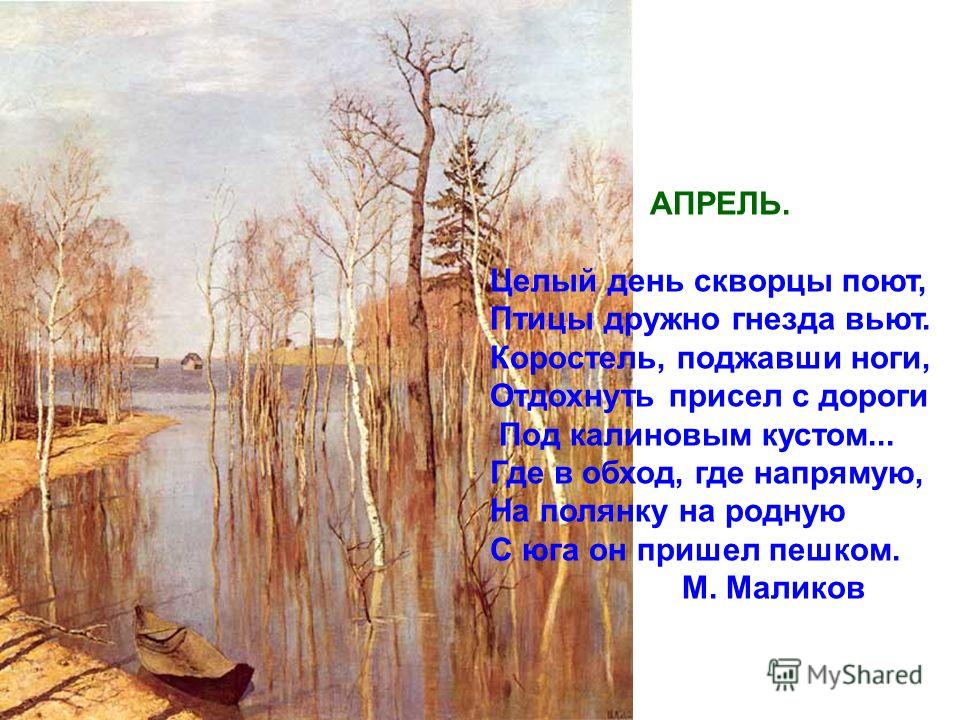
Bird cherry, bird cherry, why are you standing white? Why are you standing white? For the spring holiday, For May it blossomed. -And you, grass-ant, why do you spread softly? For the spring holiday, For the May day. And you, thin birches, are you green now? What's green these days? For the holiday, for the holiday! For May! For spring! E. BLAGININA E. BLAGININA
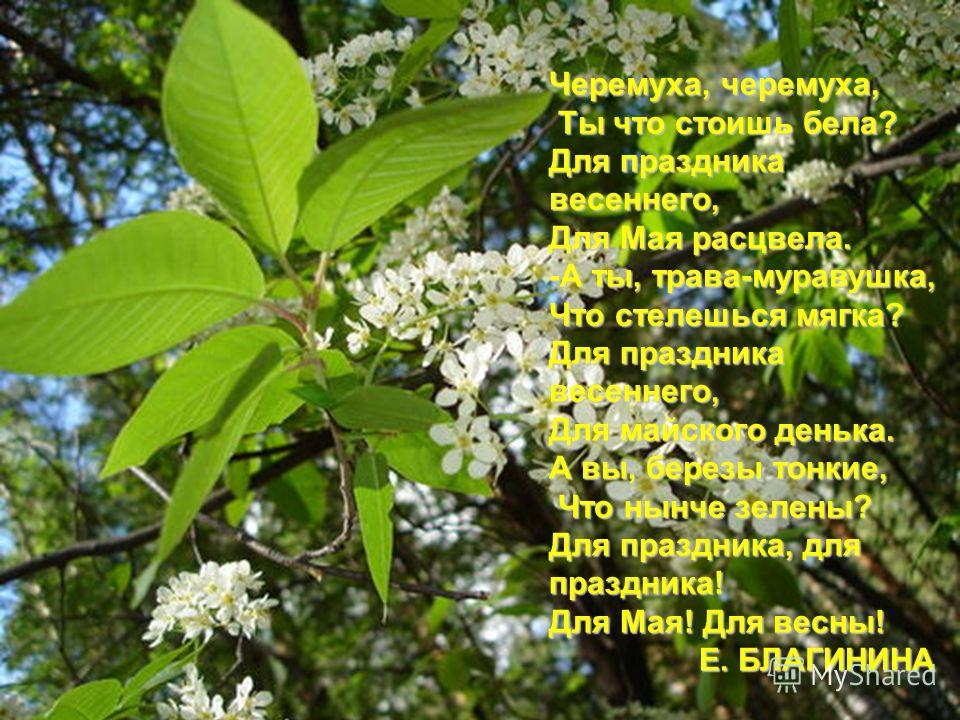
The ambers of the gentle fawn dawn are turning slightly pale. Everywhere there is a gentle silence, The bushes are sleeping, the reeds are sleeping. The dozing river Reflects the clouds, The quiet, pale light of the sky, The quiet, dark, sleepy forest. In this kingdom of silence Sweet dreams blow, Night breathes, replacing day, The fading shadow lingers. The pale crescent moon looks into these waters from above, The stars stream a quiet light, The eyes of angels look. K. BALMONT
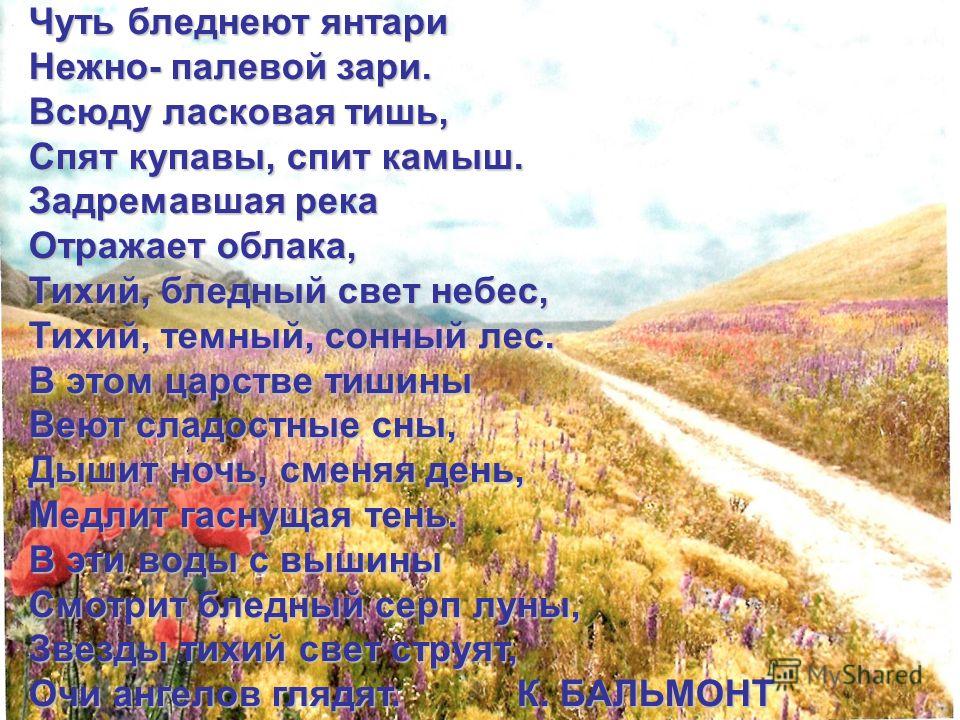
Driven by the spring rays, the snow from the surrounding mountains has already fled in muddy streams to the flooded meadows. With a clear smile, nature greets the morning of the year through a dream; The skies are shining blue. Still transparent, the forests seem to be turning green. A bee for a field tribute flies from a wax cell. The valleys are dry and colorful; The herds are noisy, and the nightingale already sang in the silence of the night. A.S. PUSHKIN
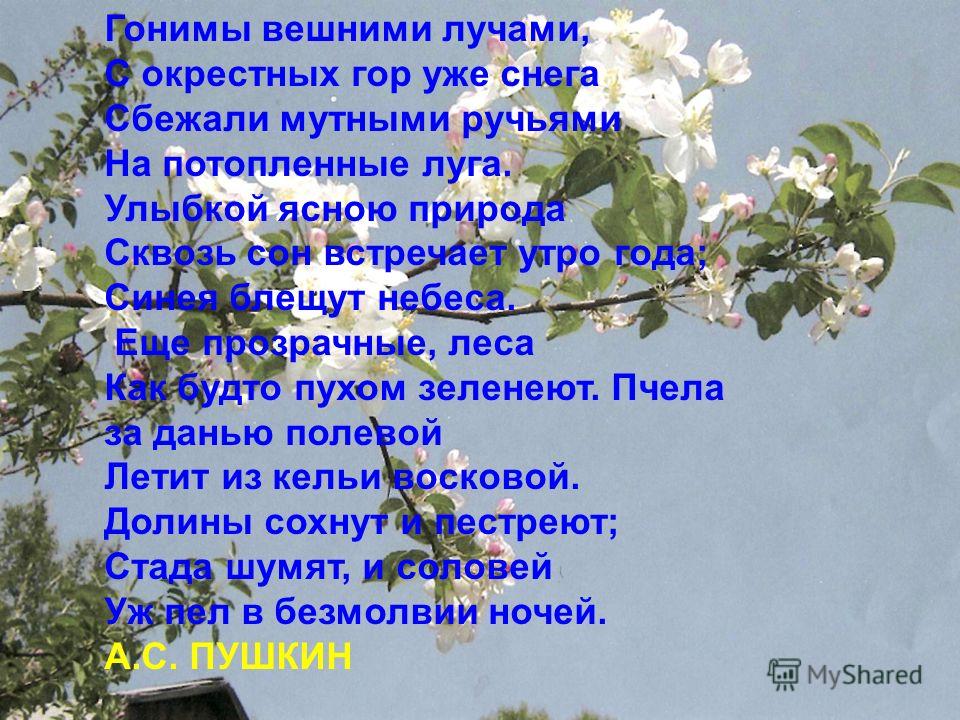
The buds have blossomed on the willow, The birch has opened its weak leaves. The snow is no longer an enemy. The grass has sprouted on every hummock, the ravine has become emerald. A. MAYKOV A swallow rushed from behind the white sea, sat down and sang: No matter how angry February is, No matter how angry you are, March, no matter how snowy or even rainy, Everything smells like spring! K. BALMONT
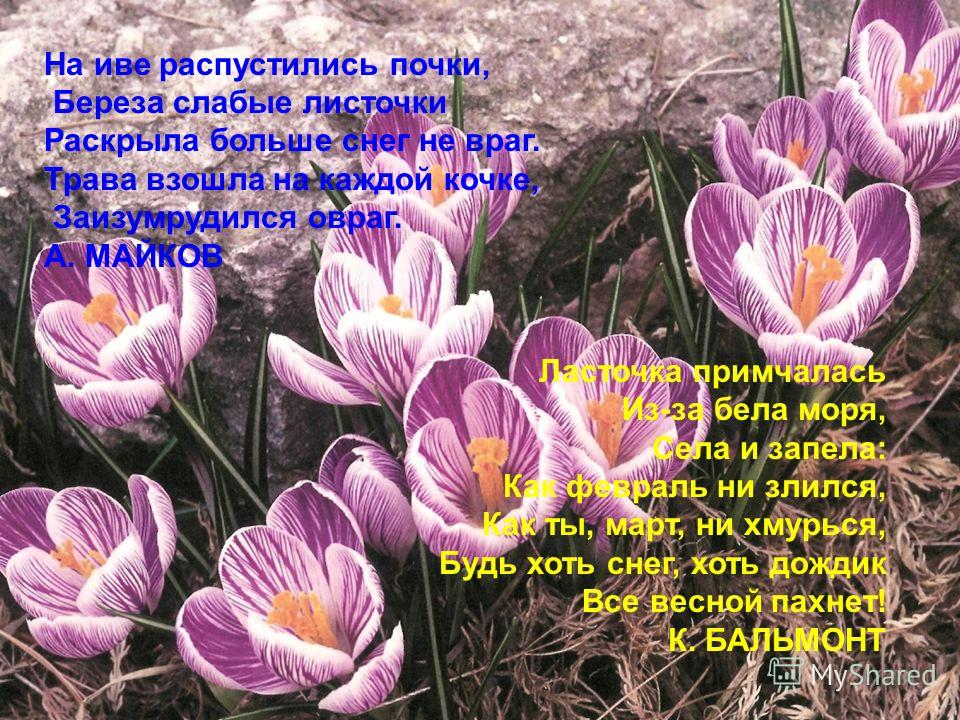
Golden clouds are walking over the resting earth; The fields are spacious, silent, glistening, drenched in dew; The stream gurgles in the darkness of the valley, Spring thunder rumbles in the distance, The lazy wind in the aspen leaves trembles with a caught wing. The tall forest is silent and dim, The green, dark forest is silent. Only sometimes in the deep shadow will a sleepless leaf rustle. A star trembles in the lights of sunset, A beautiful star of love, And the soul is light and holy, Easy, as in childhood. I. TURGENEV
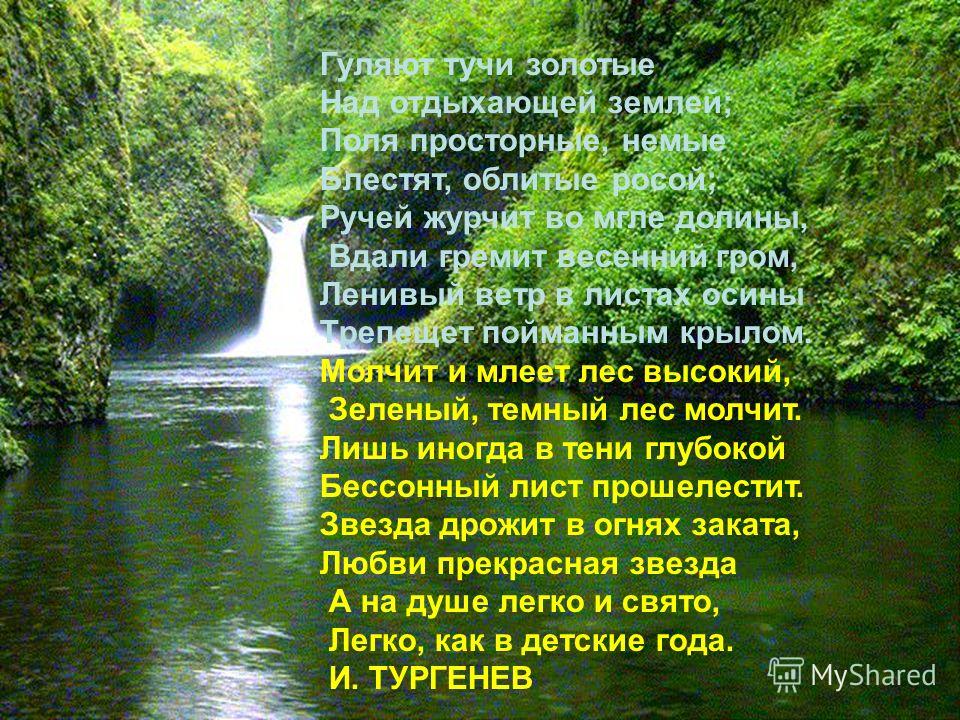
E. BARATYNSKY Spring, spring! How clean the air is! How clear is the sky! He blinds my eyes with his living azure. Spring, spring! How high on the wings of the breeze, caressing the sun's rays, the clouds fly! The streams are noisy! The streams are shining! Roaring, the river carries the ice it raised on its triumphant ridge! The trees are still bare, but in the grove there is an old leaf, As before, under my foot it is noisy and fragrant. The invisible lark has soared under the sun and in the bright heights sings a hearty hymn to spring. What's wrong with her, what's wrong with my soul? With a stream she is a stream And with a bird she is a bird! Murmurs with him, flies in the sky with her! Why does the sun and spring make her so happy! Does she rejoice, like the daughter of the elements, at their feast? What needs! Happy is the one who drinks the oblivion of thought on it, Whom he wondrously carries far from it. Whom will he wonderfully take away from her?

F. TYUTCHEV Winter is angry for a reason, Its time has passed. Spring is knocking on the window And driving us out of the yard. And everything began to fuss, Everything bores Winter out, And the larks in the sky Already started ringing the bell. Winter is still busy and grumbling about Spring. She laughs in her eyes And only makes noise more than anything And only makes noise more than ever... The evil witch went berserk And, grabbing the snow, She let it run away, Into a beautiful child... Into a beautiful child... Spring and grief are not enough: She washed herself in the snow And only became blush in defiance of the enemy
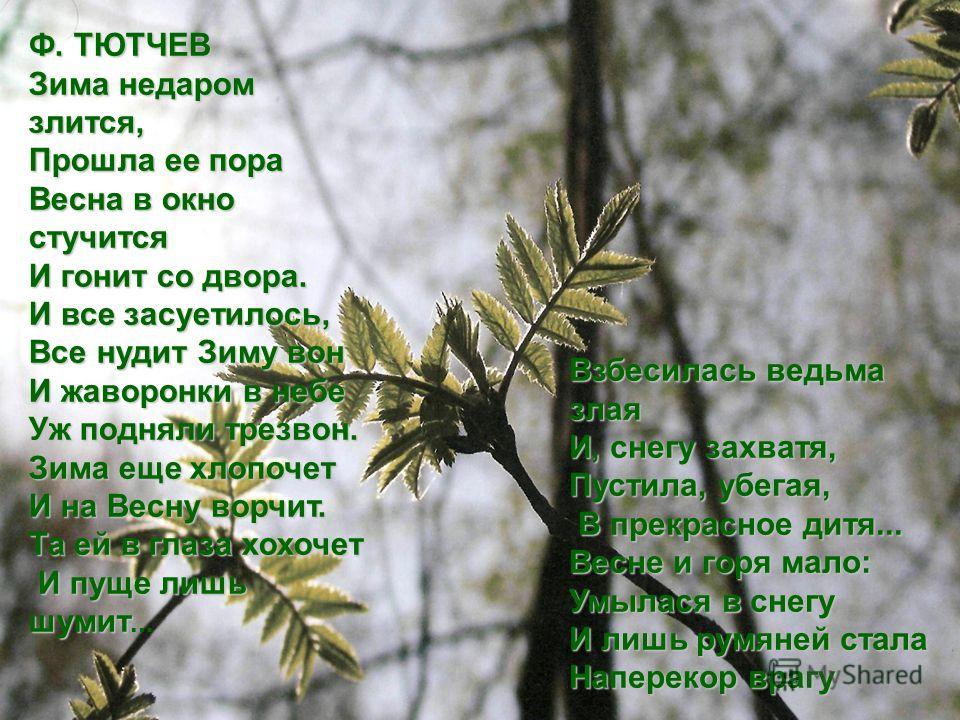
A. FET I came to you with greetings, To tell you that the sun has risen, That it fluttered with hot light Through the sheets; Tell me that the forest has woken up, The whole forest has woken up, every branch, every bird has roused itself, And is full of spring thirst; To tell you that with the same passion As yesterday, I came again, That my soul is still happy And ready to serve you; To tell me that joy is blowing at me from everywhere, That I myself don’t know what I will sing, but only the song is ripening.
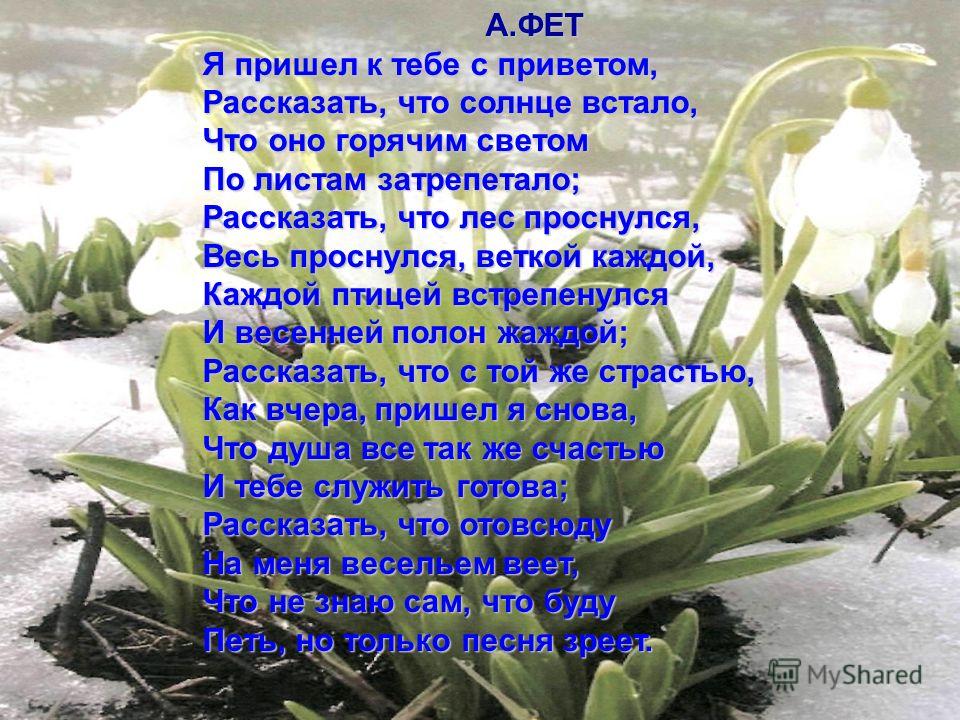
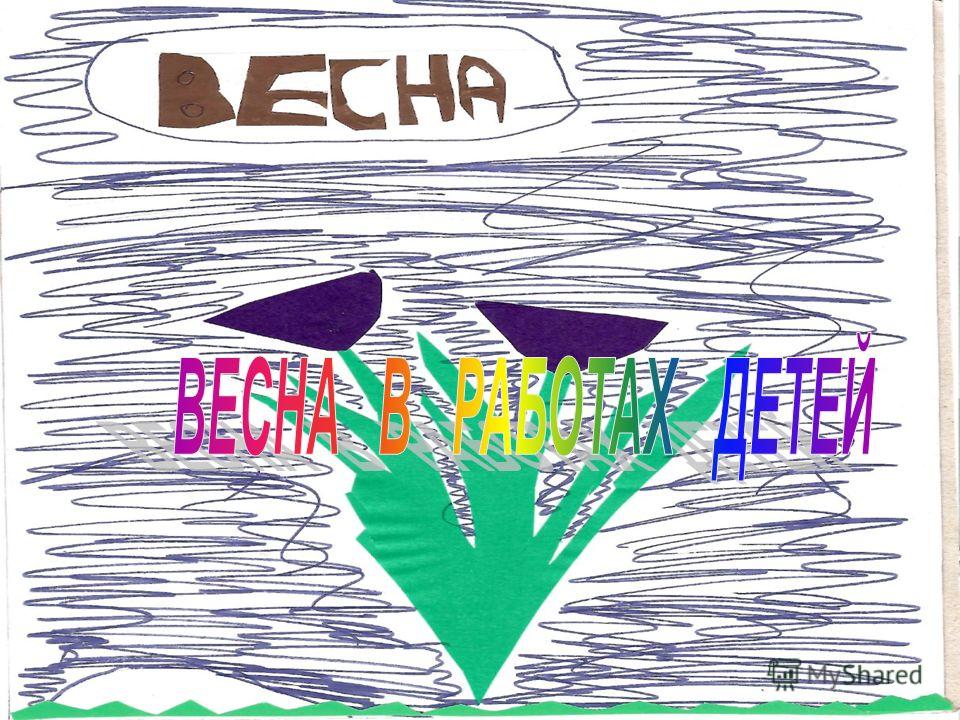
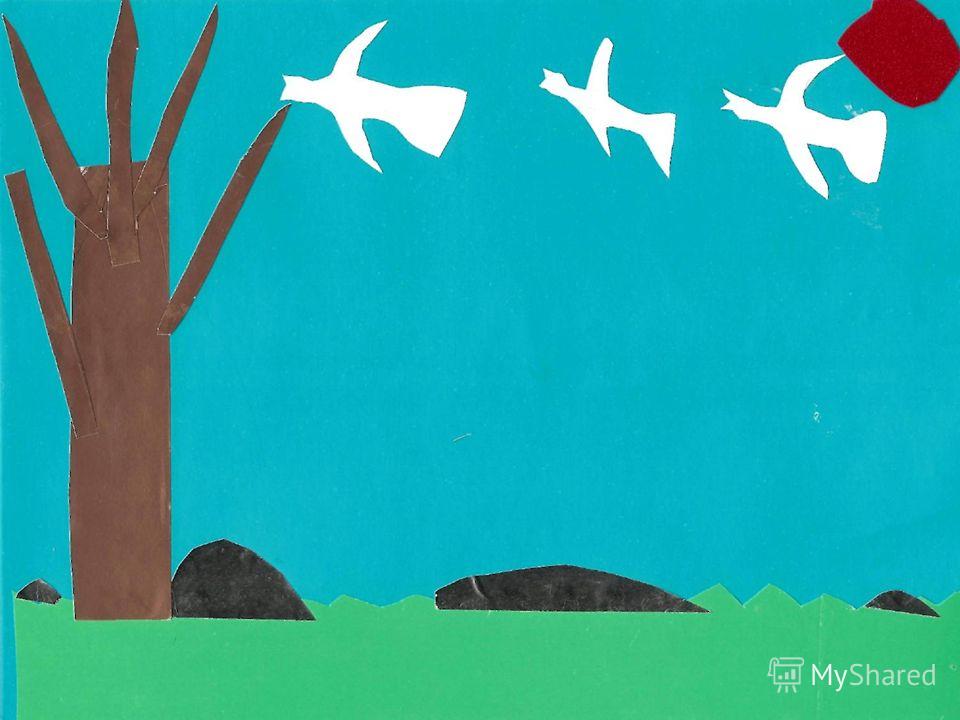
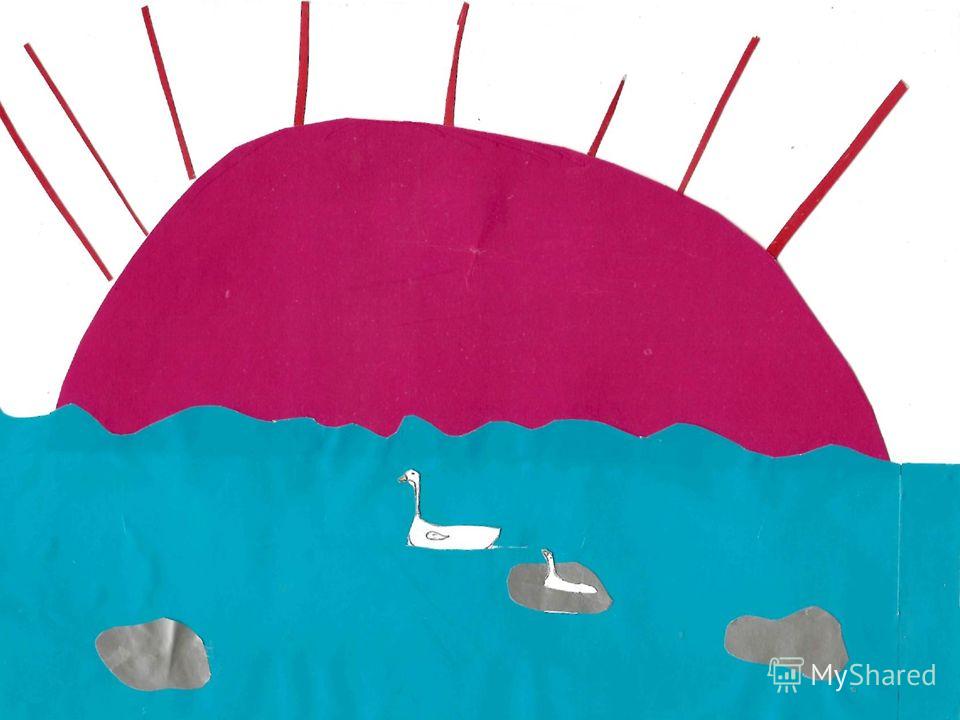

At certain periods of time called seasons of the year. Each such period is characterized by its own meteorological anomalies.
Natural phenomena in spring
During 3 months of this time of year, the climate and living conditions of all fauna and flora change beyond recognition.
With the onset of March, nature is just beginning to come to life and awaken from winter period"hibernation". By this time, the warmth of the sun's rays is still not enough to completely melt the snow, but the air is already noticeably warming up. In March, the first spring natural phenomena make themselves felt (examples: ice drift, thawed patches, south wind). At this time, the clouds rise noticeably and become cumulus. From the first days of April, the time comes for the most “gray” meteorological anomalies. The names of natural phenomena of this time are known to everyone: fogs, drizzling rains, and less often thunderstorms. By the middle of the month, the snow has completely disappeared, but the rivers can still be dangerous due to strong ice drift. Fortunately, the air temperature is warming up every day, so the consequences winter frosts soon they will stop making themselves known. Also in April, dangerous spring floods and squally winds caused by the connection of the southern flow with the northern one cannot be ruled out).
As for the fauna, it begins to fully come to life by the first days of May.
Spring phenomena: rain
With warming comes liquid precipitation. Such natural phenomena (see pictures below) are called rain or downpours. This is a continuous stream of water directed vertically from heaven to earth. Clouds gradually accumulate moisture, and when pressure and gravity begin to prevail over them, precipitation falls. Since the air temperature is above 0 degrees, it means that water molecules do not crystallize into snowflakes. On the other hand, in rare cases, hail is possible closer to May. 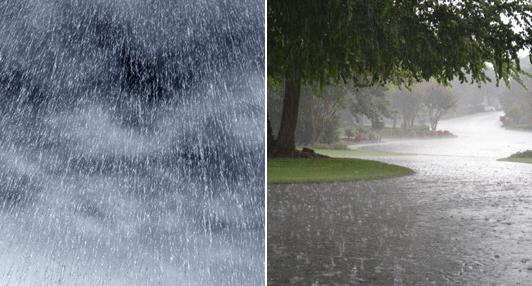 Rain is one of the 5 natural spring phenomena that pose a possible danger to the economy and agriculture. Prolonged precipitation can flood not only streets and private houses, but also fields with seedlings and sprouts, which will subsequently rot, therefore, yields will drop significantly.
Rain is one of the 5 natural spring phenomena that pose a possible danger to the economy and agriculture. Prolonged precipitation can flood not only streets and private houses, but also fields with seedlings and sprouts, which will subsequently rot, therefore, yields will drop significantly.
Currently, it is customary to distinguish the following types of rain:
- ordinary (precipitation without such pronounced features as thickness, duration);
- torrential (short-term rain, characterized by suddenness and force of fall);
- protracted (characterized by a long duration, up to several days, and a decrease in air temperature);
- short-term (characterized by the transience and abrupt end of precipitation);
- snowy (characterized by a decrease in air temperature and partial crystallization of water molecules);
- mushroom (during such rain, the sun's rays continue to reach the ground);
- hail-like (short-term and dangerous downpour, falling partly in the form of ice).
Spring phenomena: thunderstorm
This meteorological anomaly is a separate type of rain, not included in the traditional classification. A thunderstorm is a precipitation event that occurs simultaneously with thunder and lightning.
Over the course of several days, clouds accumulate particles of moisture that are picked up by strong winds. Gradually, dark cumulus clouds form from them. During precipitation with high power and strong winds, electrical tension arises between the surface of the earth and the clouds, during which lightning is formed. This effect is always accompanied by strong thunder. Such natural phenomena (you can see the pictures below) most often occur at the end of spring.  For a thunderstorm to occur, the following conditions are necessary: uneven heating of the lowest layers of air, atmospheric convection, or a sharp intensity of cloud formation in mountainous areas.
For a thunderstorm to occur, the following conditions are necessary: uneven heating of the lowest layers of air, atmospheric convection, or a sharp intensity of cloud formation in mountainous areas.
Spring phenomena: wind
This climatic phenomenon is an air flow that is directed along a horizontal axis. Spring natural phenomena such as wind and storm (in rare cases) are characterized by high speed, force of impact, area of distribution and noise level.
From a meteorological point of view, this climate anomaly consists of indicators of direction, strength and duration. The strongest air currents with medium gusts are called squalls. Regarding duration, winds are as follows: hurricane, storm, breeze, typhoon, etc.
In some places on Earth, monsoons occur due to frequent temperature changes. Such global winds are characterized by a long duration (up to 3 months). If such air currents are caused by temperature differences relative to latitudes, then they are called trade winds. Their duration can reach up to a year. The boundary between monsoons and trade winds is called Spring and autumn, it is especially noticeable in countries with temperate climates. In the tropical regions of the planet, it is thanks to the wind that the weather and air temperature change so often.
Spring phenomena: clouds
Towards mid-March, the sky gradually begins to thin out. Now the clouds have clear boundaries. They themselves are a product of condensation of particles of water vapor in the upper layers of the atmosphere. 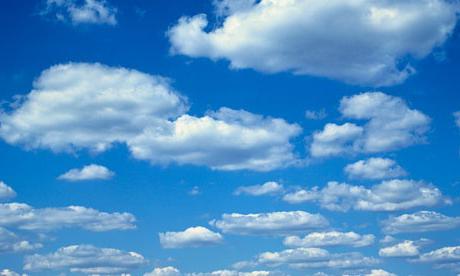 Clouds form over the earth's surface. The main condition for their formation is warm, moist air. It begins to rise to the upper levels where, with a noticeable decrease in temperature, it stops at a certain height. Essentially, clouds are made of water vapor and ice crystals. A large accumulation of them at high concentrations forms cumulus clouds.
Clouds form over the earth's surface. The main condition for their formation is warm, moist air. It begins to rise to the upper levels where, with a noticeable decrease in temperature, it stops at a certain height. Essentially, clouds are made of water vapor and ice crystals. A large accumulation of them at high concentrations forms cumulus clouds.
All spring natural phenomena have their own forms of uniqueness, called meteorological identifiers in science. At high temperatures, clouds are filled with droplet elements, and at low temperatures, with crystalline elements. Regarding this criterion, there is a separate classification of the phenomenon. Thus, clouds are divided into rain, thunderstorm, cirrus, stratus, cumulus, pearlescent, etc.
Spring phenomena: melting snow
As air temperatures increase, frozen water crystals begin to gradually turn into water. This process is called snow melting. All frozen people are susceptible to this dissolution if the air temperature rises to 0 degrees. Data seasonal phenomena in nature they occur only in spring. The exact time, up to a month, is set depending on the current climate.
The process of snow melting noticeably accelerates with rainfall. After which small temporary reservoirs are formed. Snow melts most quickly on flat terrain, where there are no wind barriers or shelter from precipitation. In the forest, this process can drag on for a month. In this case, there is a high probability of rising groundwater levels. 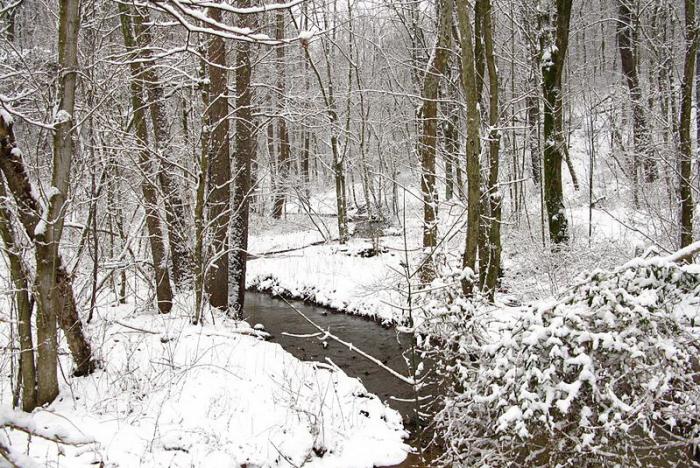 Often snow begins to evaporate even in frosty weather. This natural phenomenon is called sublimation. When exposed to sunlight, water particles change from a solid to a gaseous state.
Often snow begins to evaporate even in frosty weather. This natural phenomenon is called sublimation. When exposed to sunlight, water particles change from a solid to a gaseous state.
Spring phenomena: ice drift
This anomaly is considered the most dangerous natural phenomenon at this time of year. This phenomenon is the movement of half-melted ice floes on lakes and rivers under the influence of strong winds or currents. The greatest movement is observed in the middle of the reservoir. Such spring natural phenomena are typical for March, when they can sufficiently warm up the air and ground temperatures.
On rivers, ice drift is often accompanied by congestion. In large bodies of water, this phenomenon is determined by the drift of fragments under the influence of wind. The intensity of ice movement, as well as its nature, directly depends on the current climatic conditions, the time of break-up, the structure of the river bed and the hydraulic properties of the water flow.
The duration of this process in spring varies between 3-4 weeks. Landscape and climate play an important role here.
Spring phenomena: thawed patches
Typically this process begins in early March, but depending on climatic conditions the timing may move to mid-April. A thawed area is a place where there was snow in frosty weather, and with warming, a kind of funnel appeared on it. Such spring natural phenomena are very interesting to study. 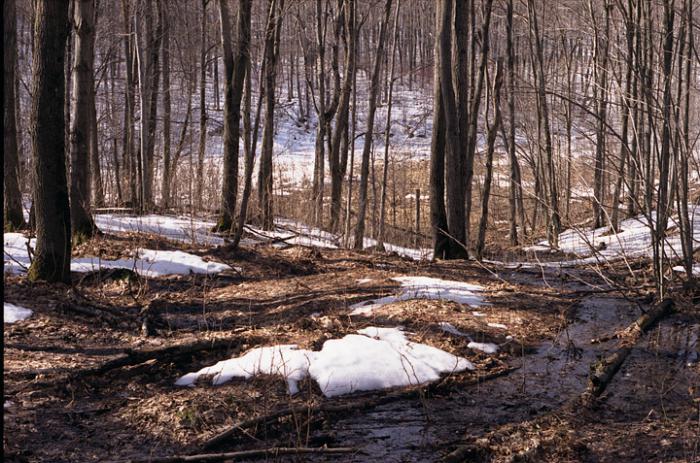 First of all, thawed patches form around tree trunks, since heat emanates from the root system of plants, supported by solar synthesis. Next, the process affects fields and swamps. Thawed patches may be different colors, depending on what the surface looks like (ground, grass, leaves). A similar situation exists with their form. In the fields, thawed patches are elongated, like beds; in gardens they are round (projection of tree trunks).
First of all, thawed patches form around tree trunks, since heat emanates from the root system of plants, supported by solar synthesis. Next, the process affects fields and swamps. Thawed patches may be different colors, depending on what the surface looks like (ground, grass, leaves). A similar situation exists with their form. In the fields, thawed patches are elongated, like beds; in gardens they are round (projection of tree trunks).
This process begins to take effect at an average daily temperature of -5 degrees and above.
Spring phenomena: awakening of flora
The appearance of thawed patches around the trees indicates that active sap flow has begun in the plants. These seasonal phenomena in nature mean only one thing - the awakening of flora after a long winter of passive activity.
You can check this very simply. To do this, just pierce the tree bark with a needle or thin knife. If a clear sweet liquid of a pale reddish color appears at this place, it means that sap flow is in full swing. This indicates that nature is preparing to green up.
Soon buds will appear and bloom on the branches. In the second half of spring, thanks to the wind and insects, the flora will receive pollination. Therefore, a harvest can be expected in the near future.
Spring phenomena in wildlife
As you know, this time of year is marked by the return of birds to warm countries. First of all, this concerns rooks. They are considered the first harbingers of spring. The mass migration of birds occurs towards the end of March, when the night air temperature rises to +10 degrees. 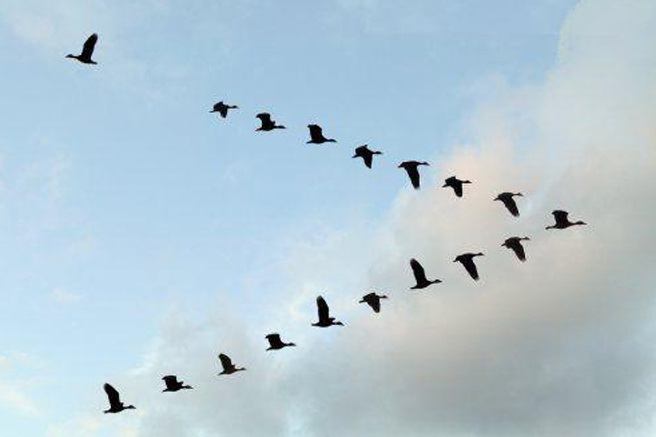 Also, one of the indicative processes in wildlife that characterize the onset of spring is the molting of animals and the awakening of wild animals from hibernation. The coat change occurs in March, although for some representatives of the fauna it may occur in the fall.
Also, one of the indicative processes in wildlife that characterize the onset of spring is the molting of animals and the awakening of wild animals from hibernation. The coat change occurs in March, although for some representatives of the fauna it may occur in the fall.
It is very important to know all these spring natural phenomena. It is not for nothing that natural history is included in the main curriculum of school subjects. Knowing the fundamental processes of climate and nature is the duty of every person on the planet.



